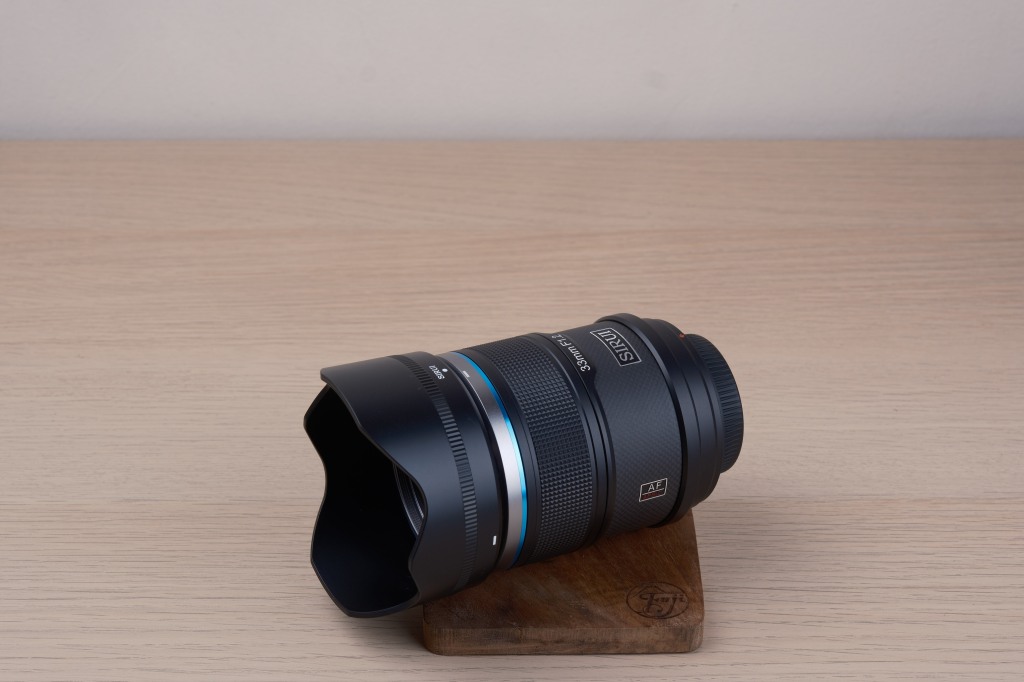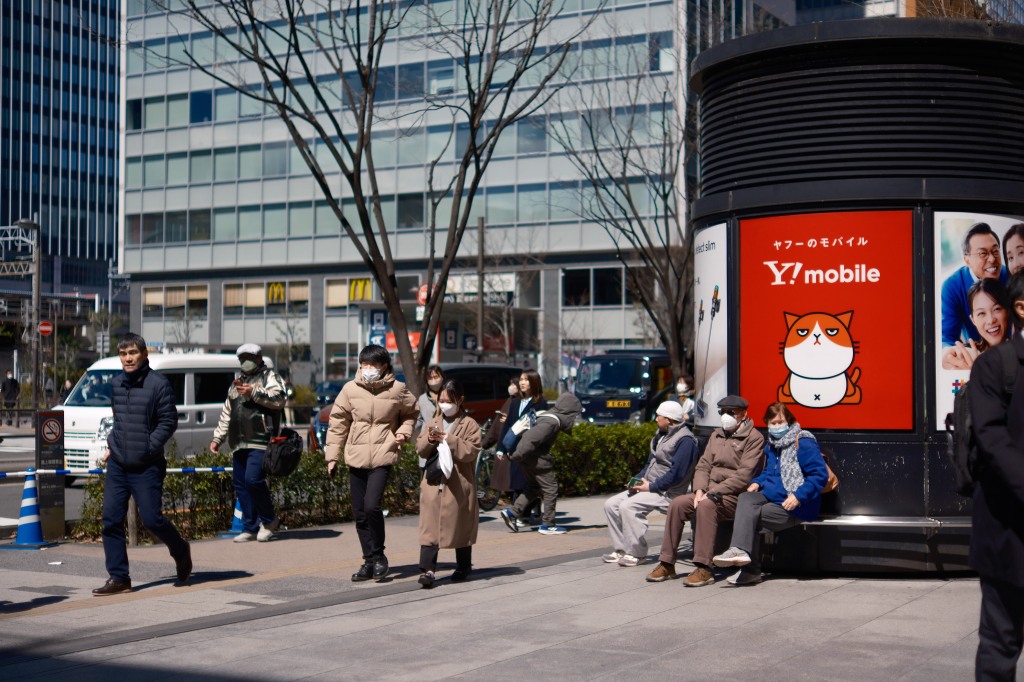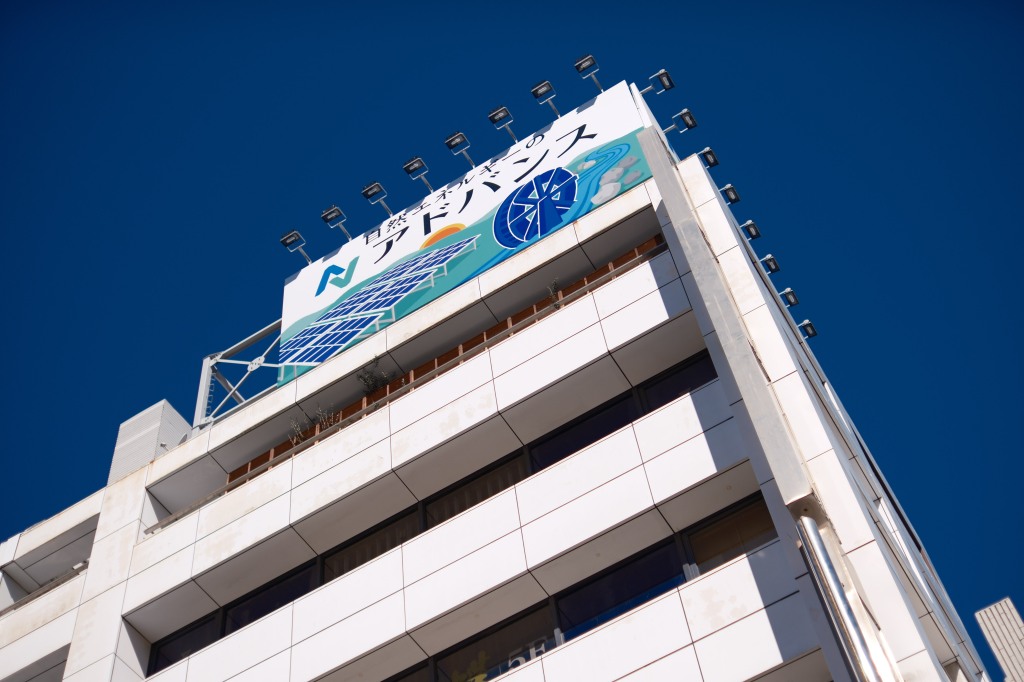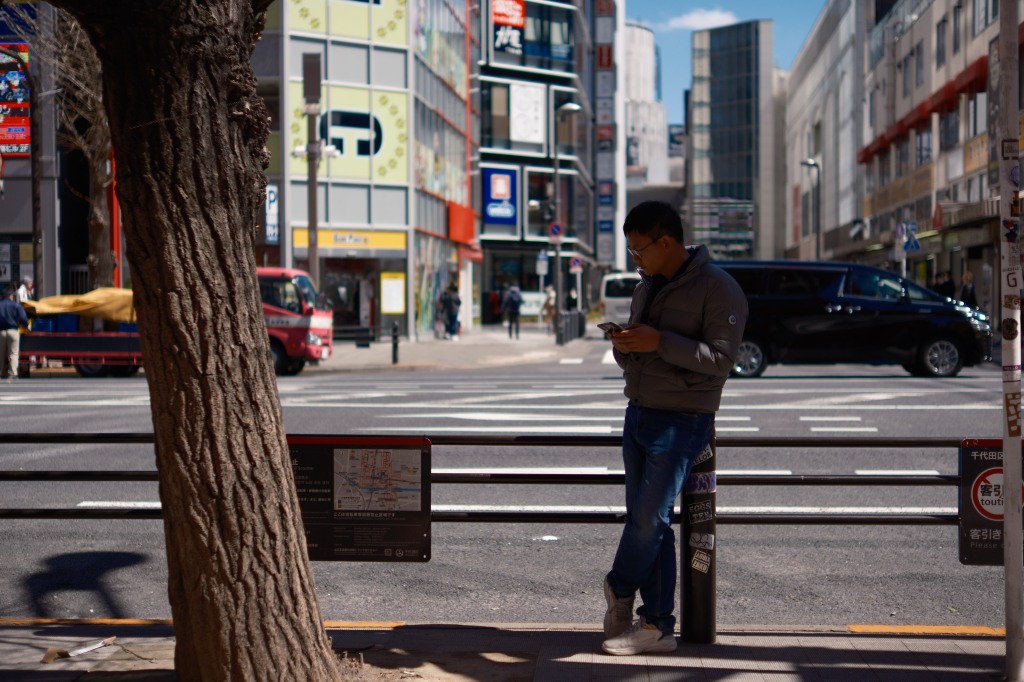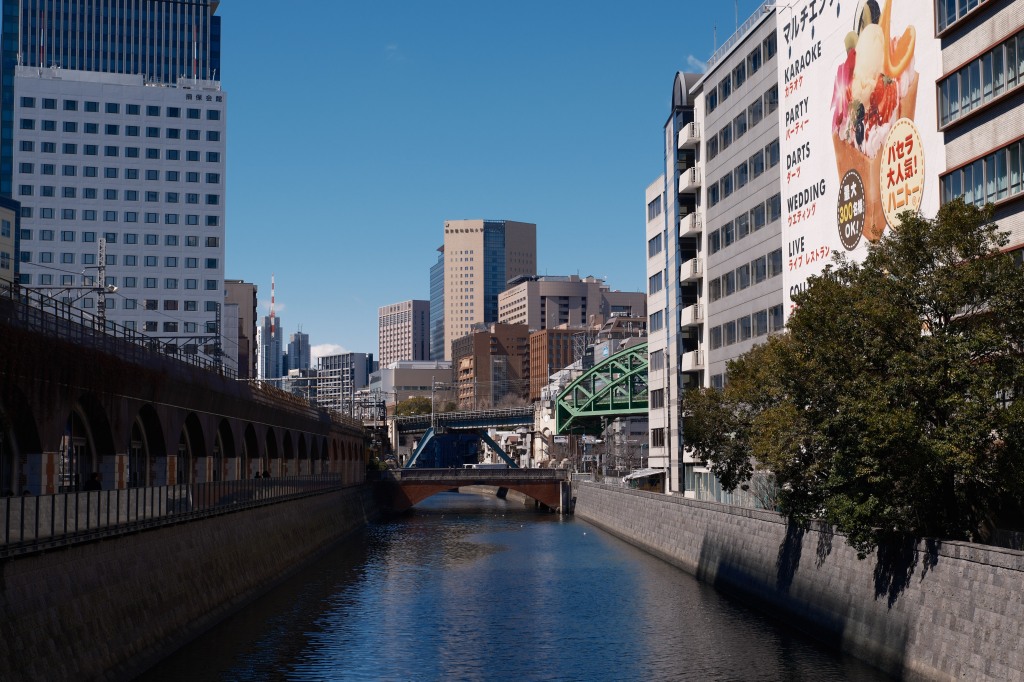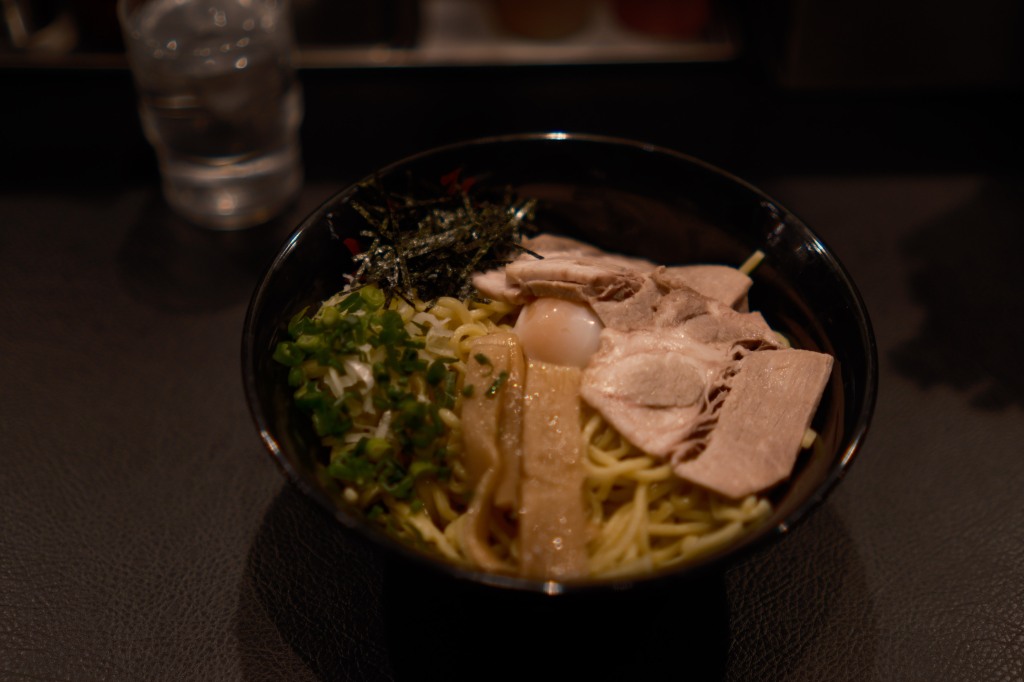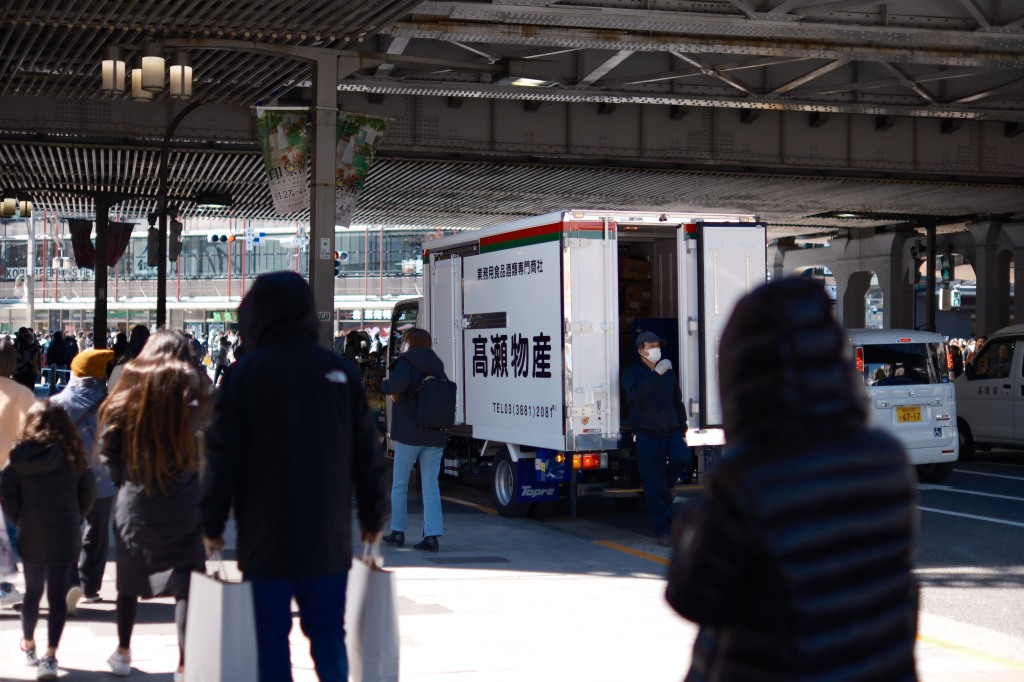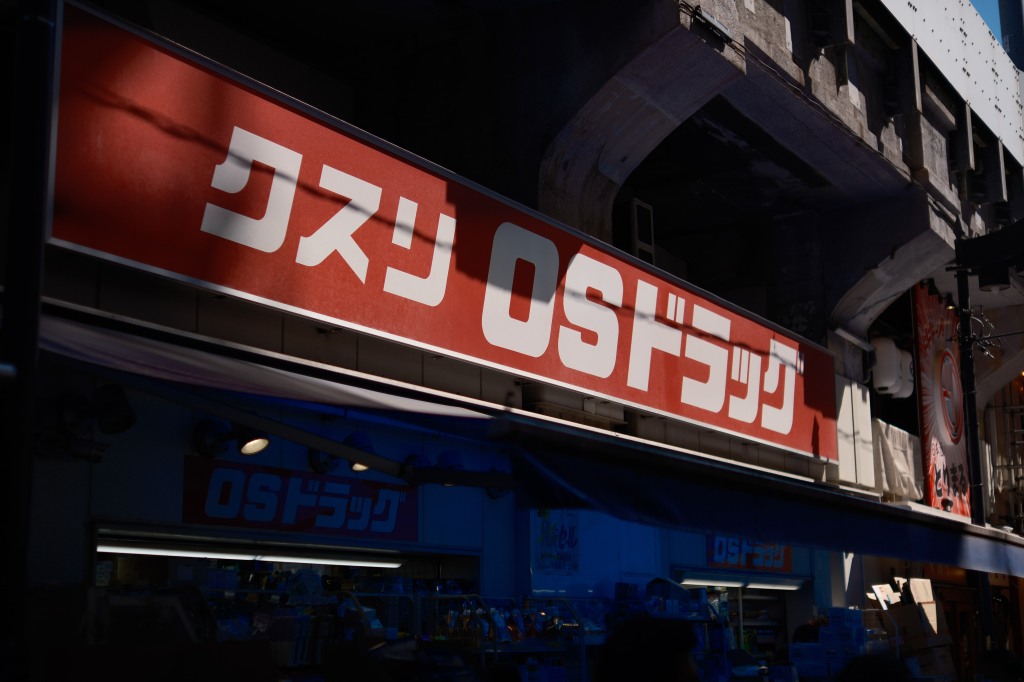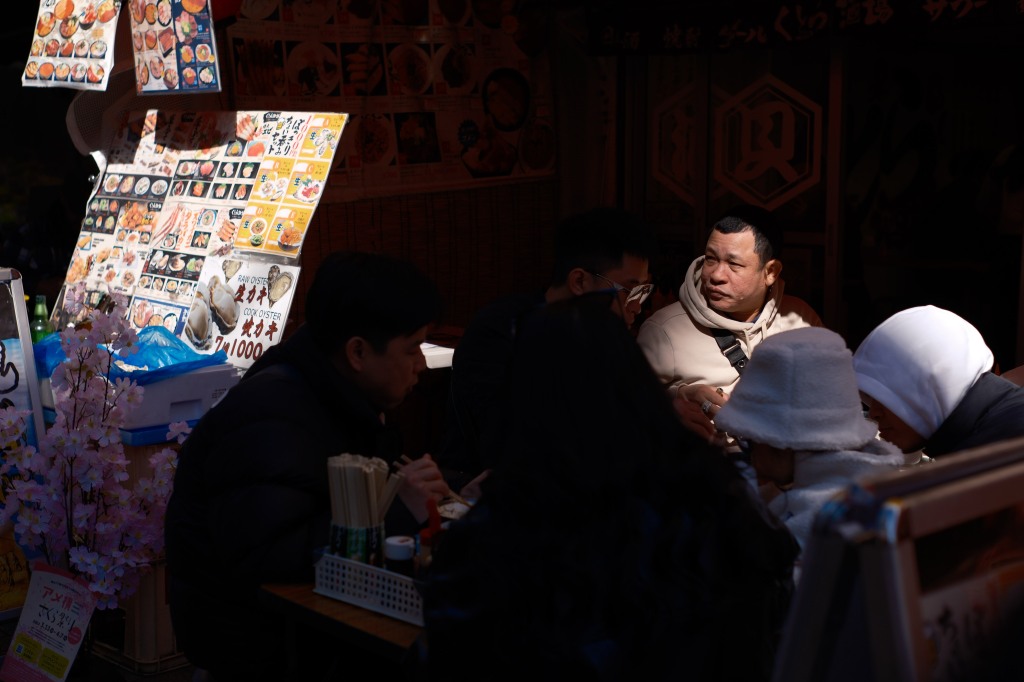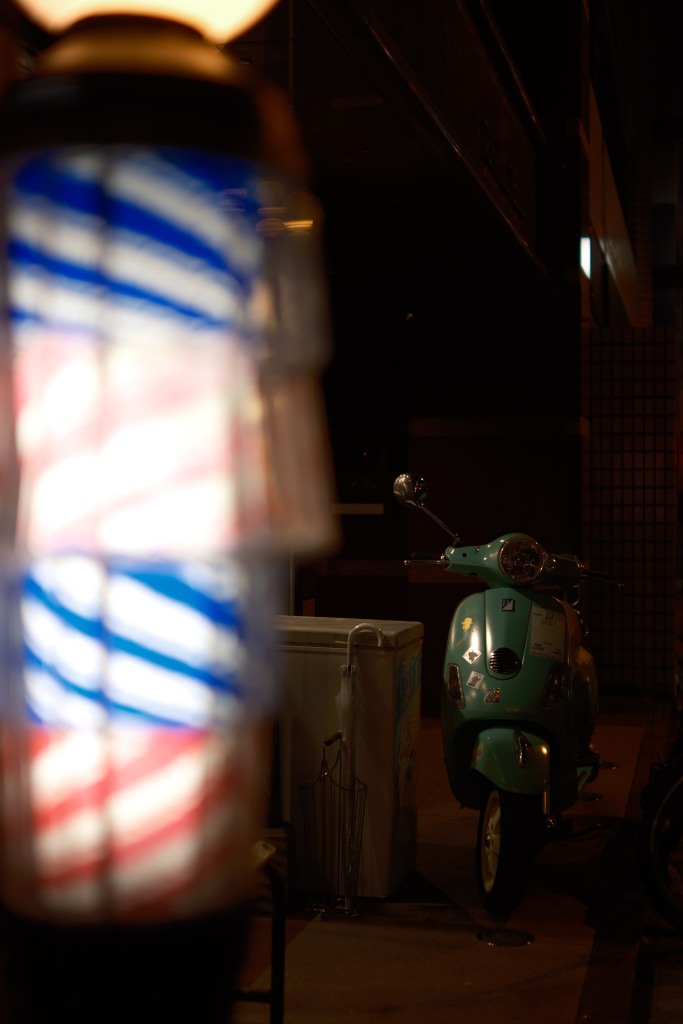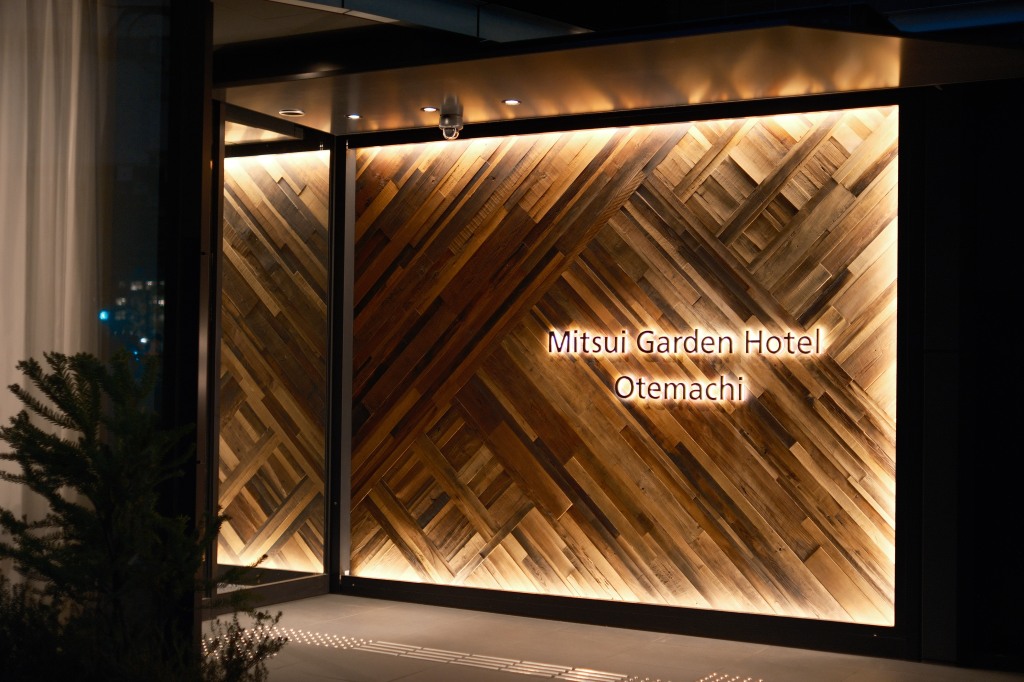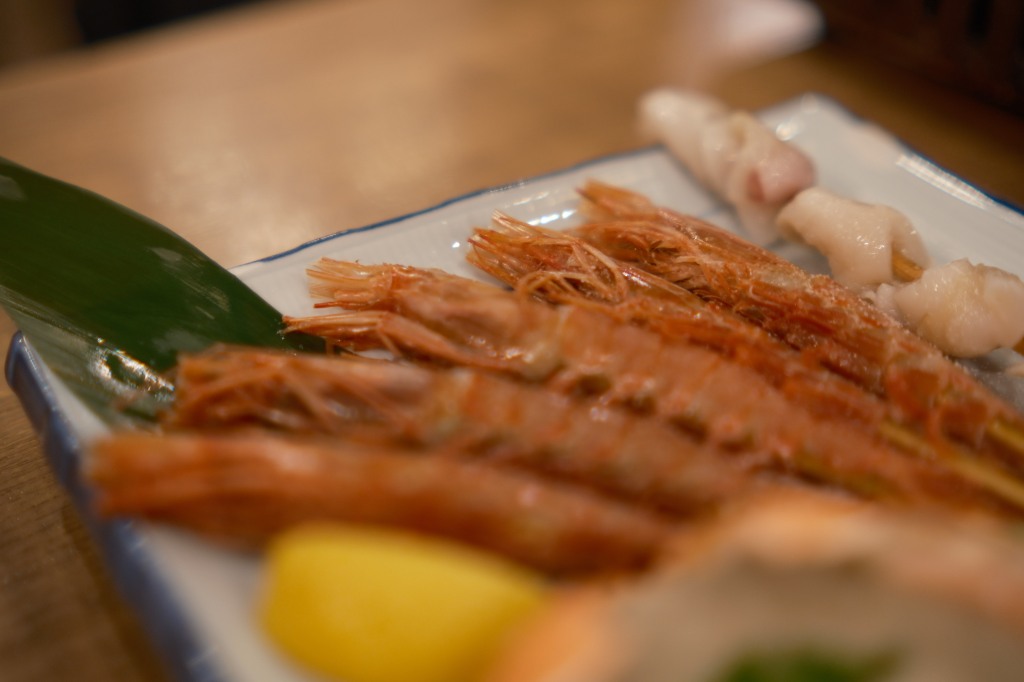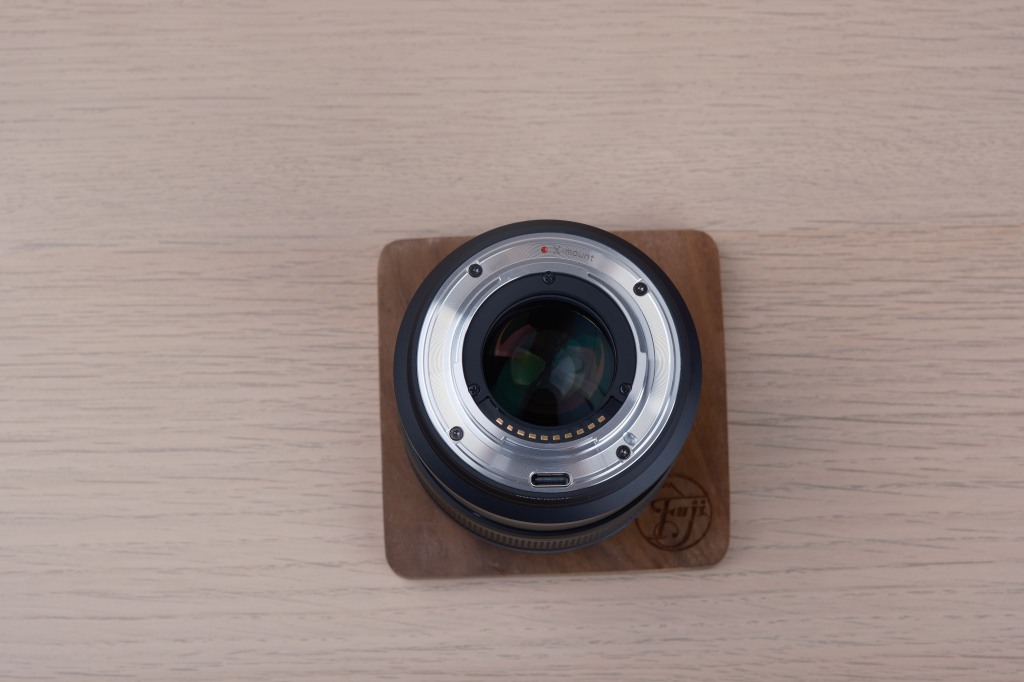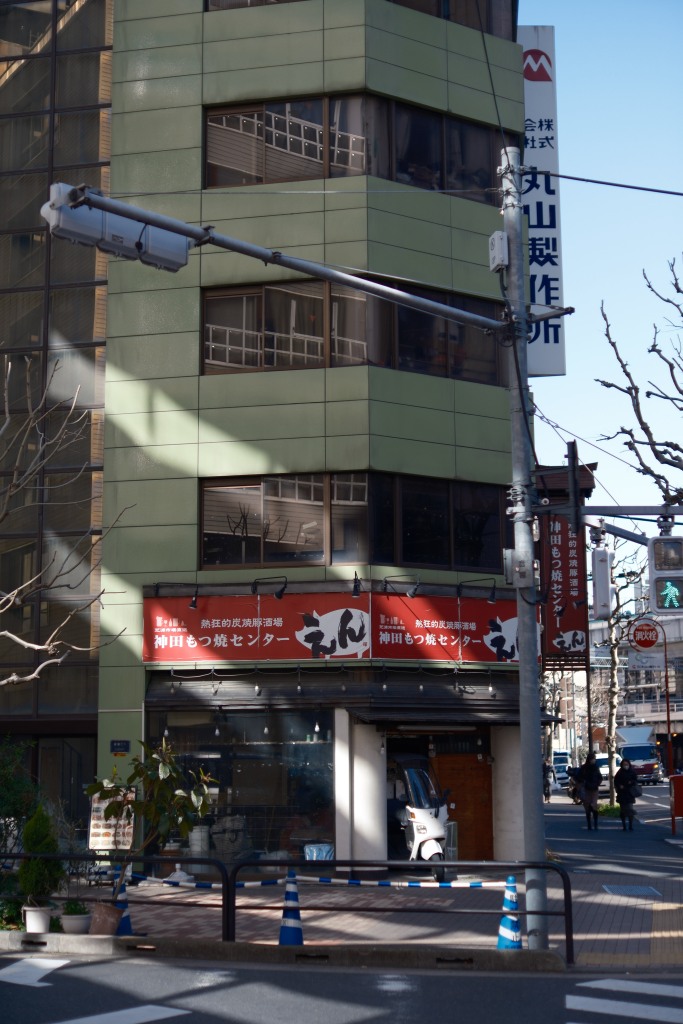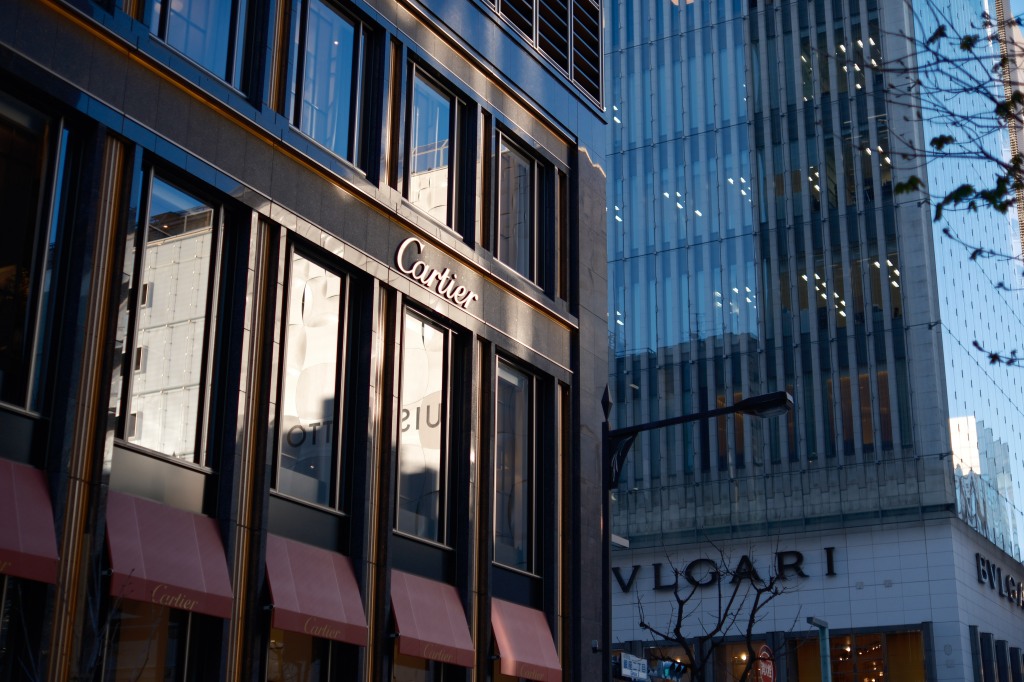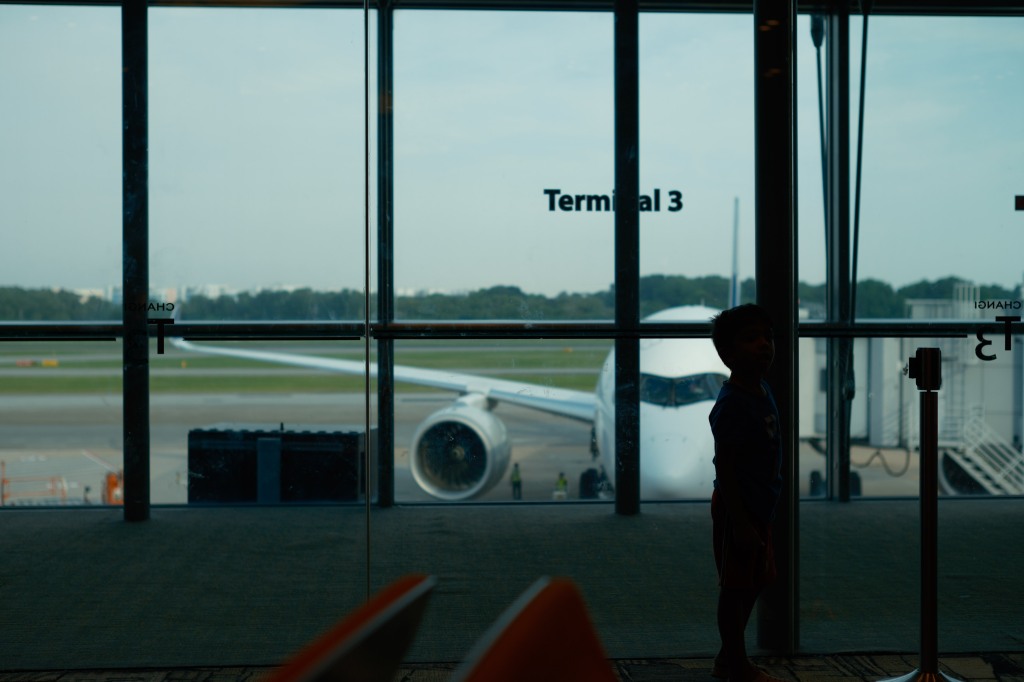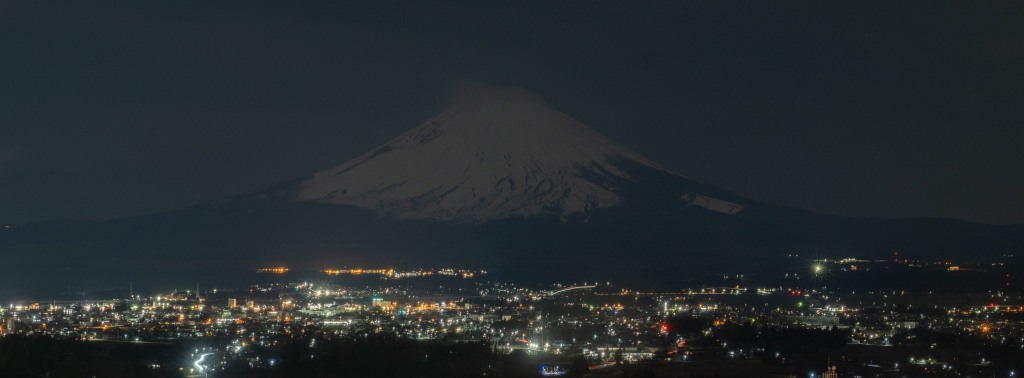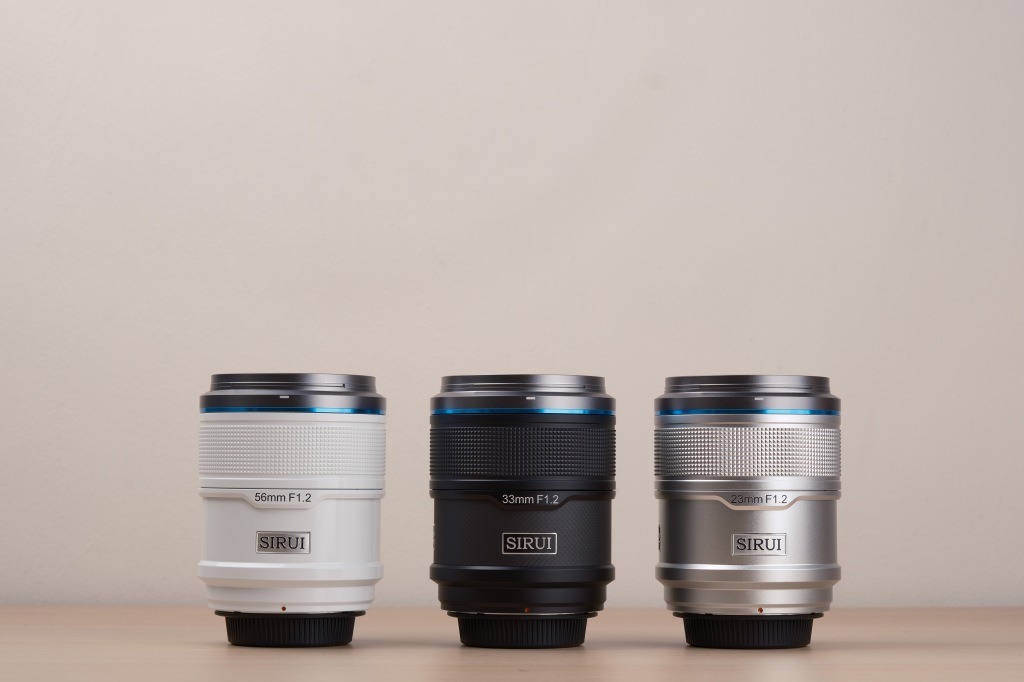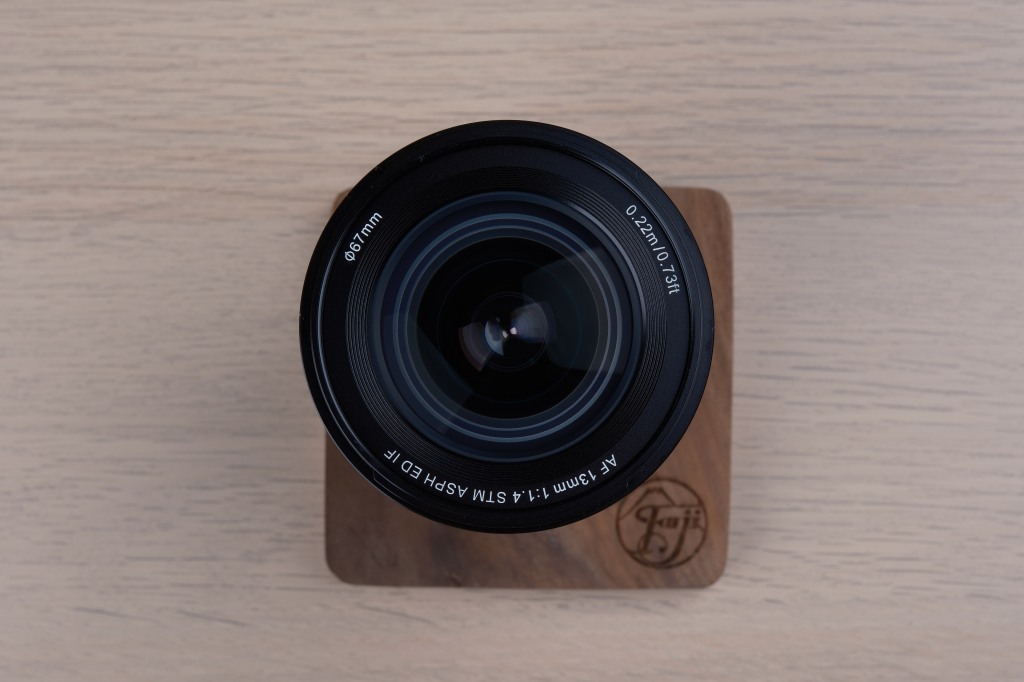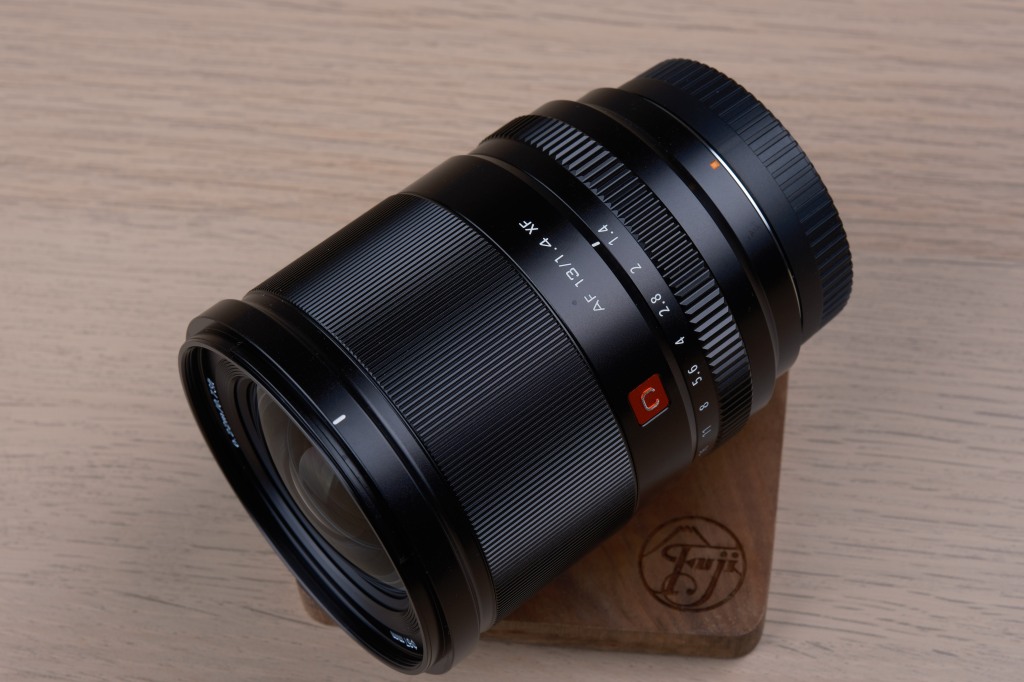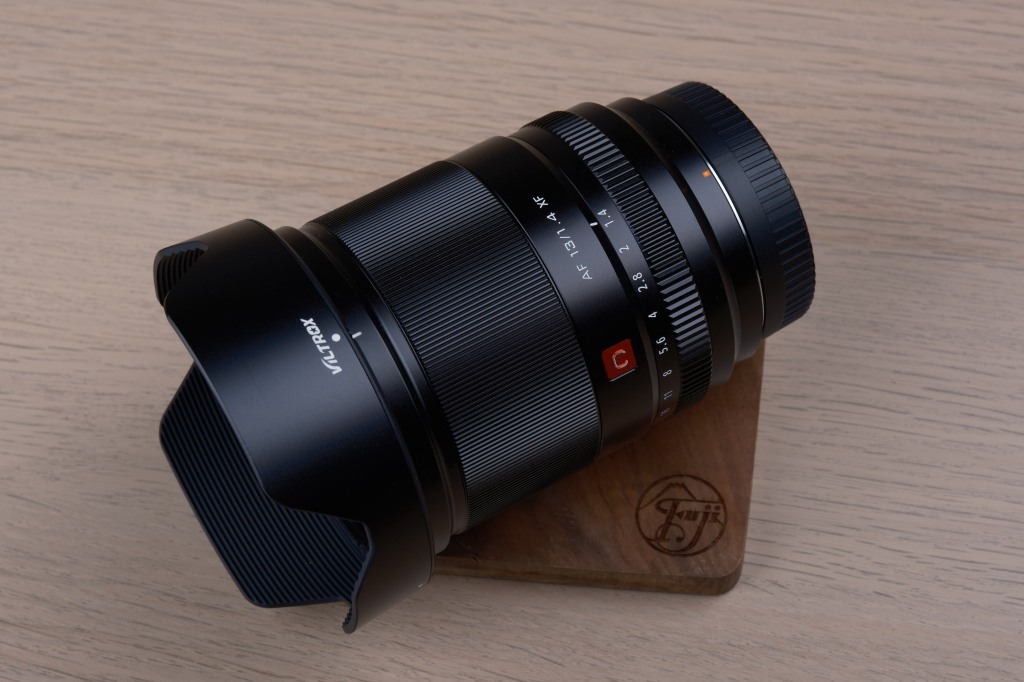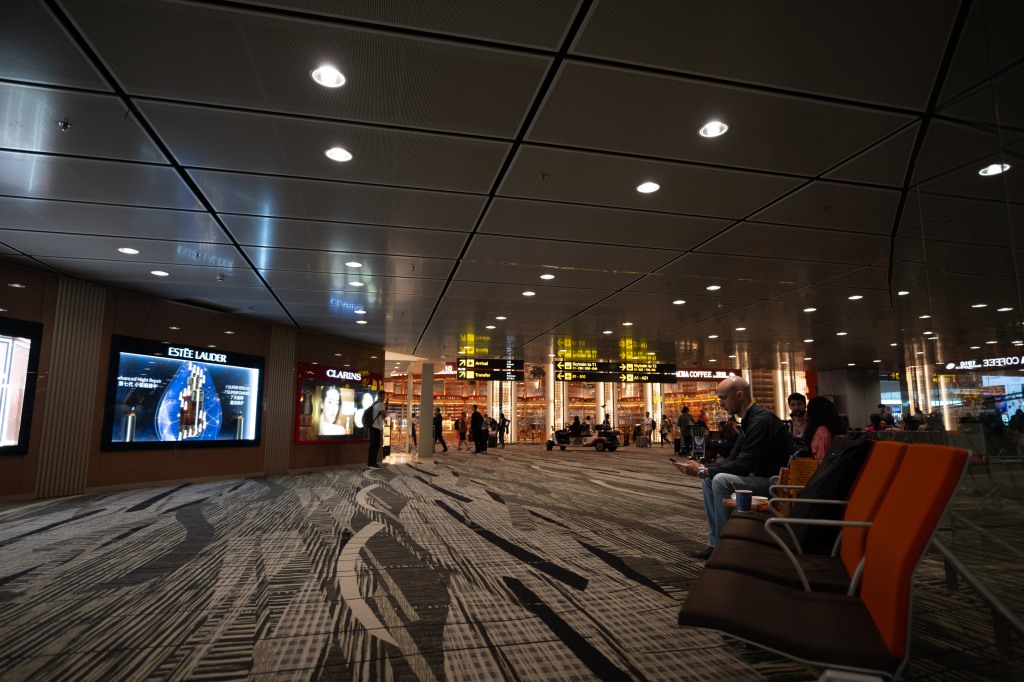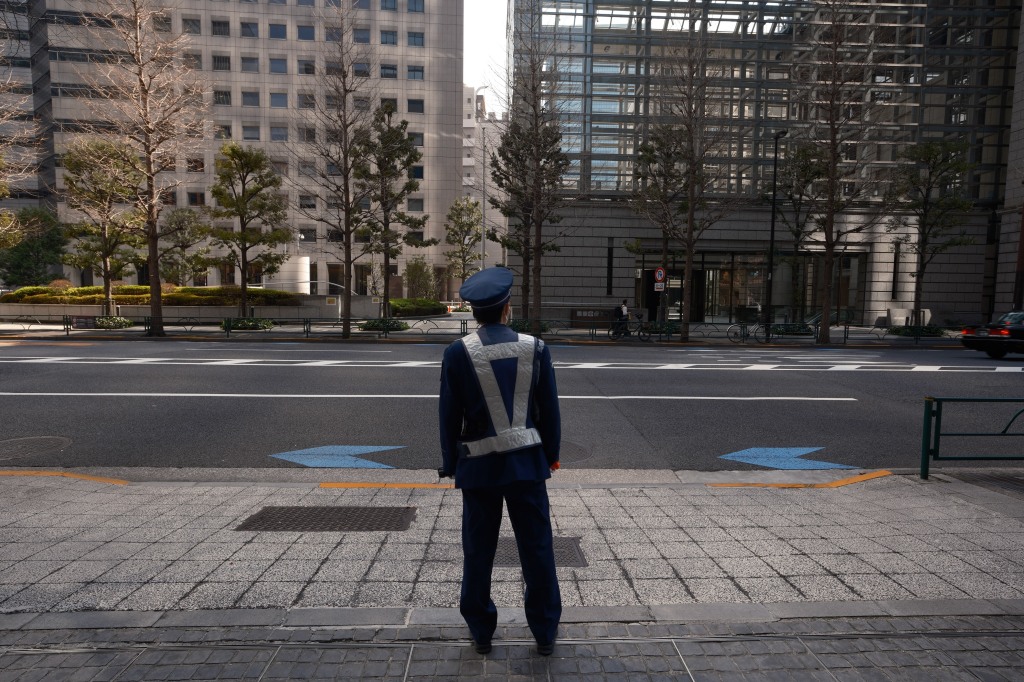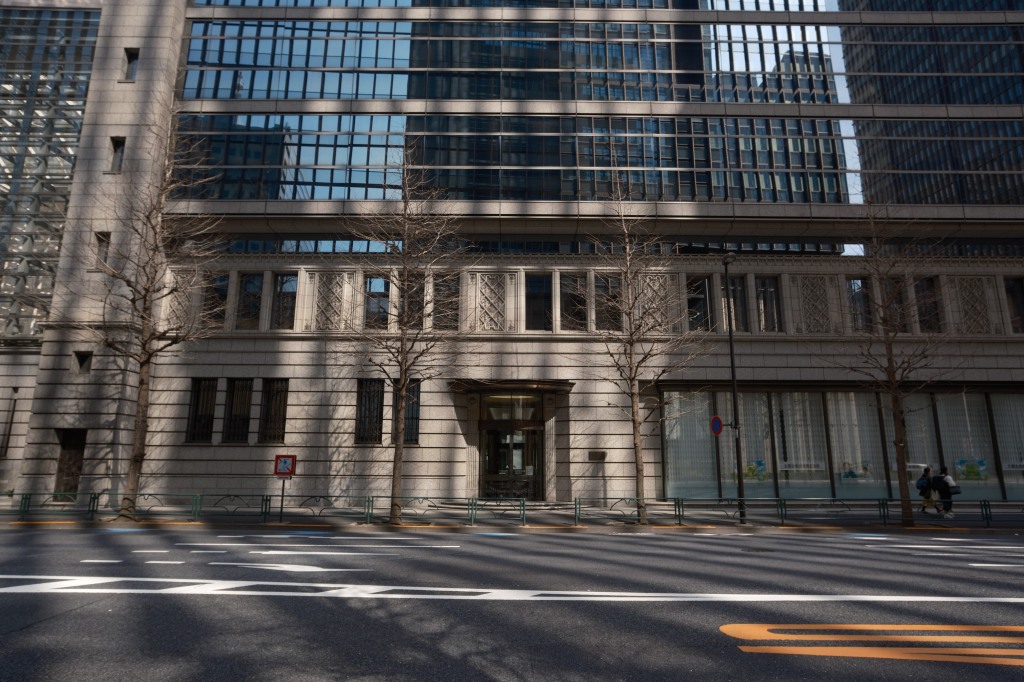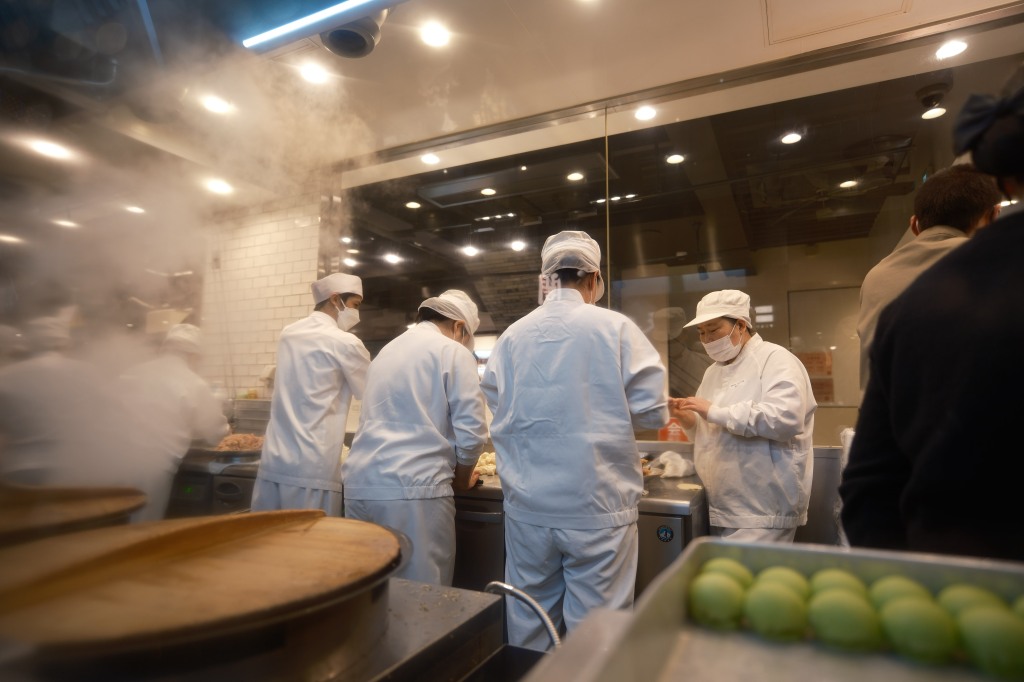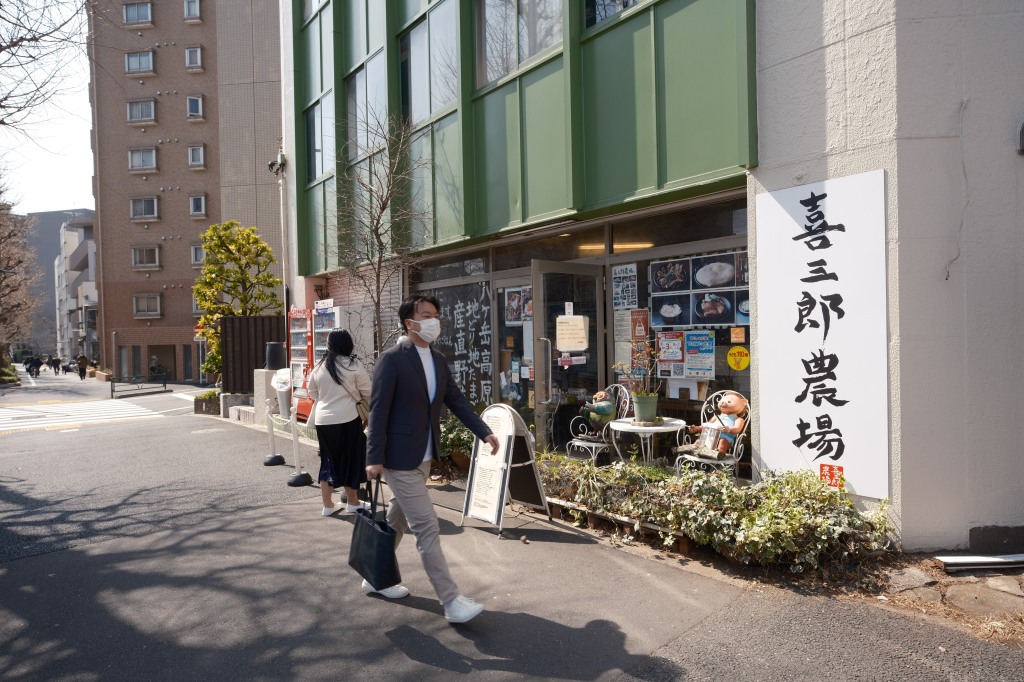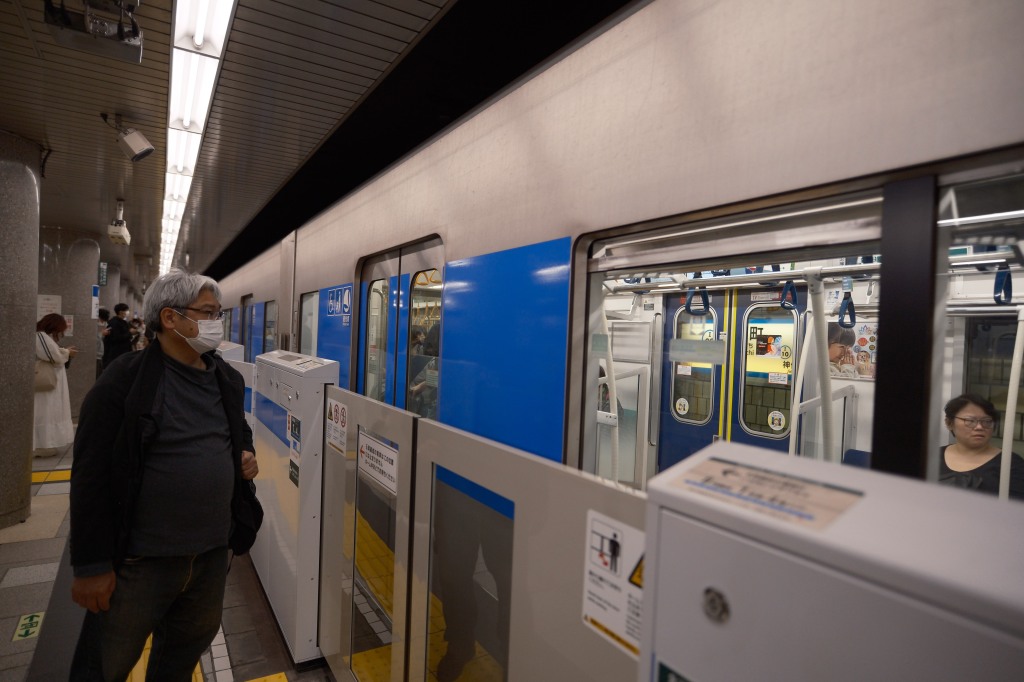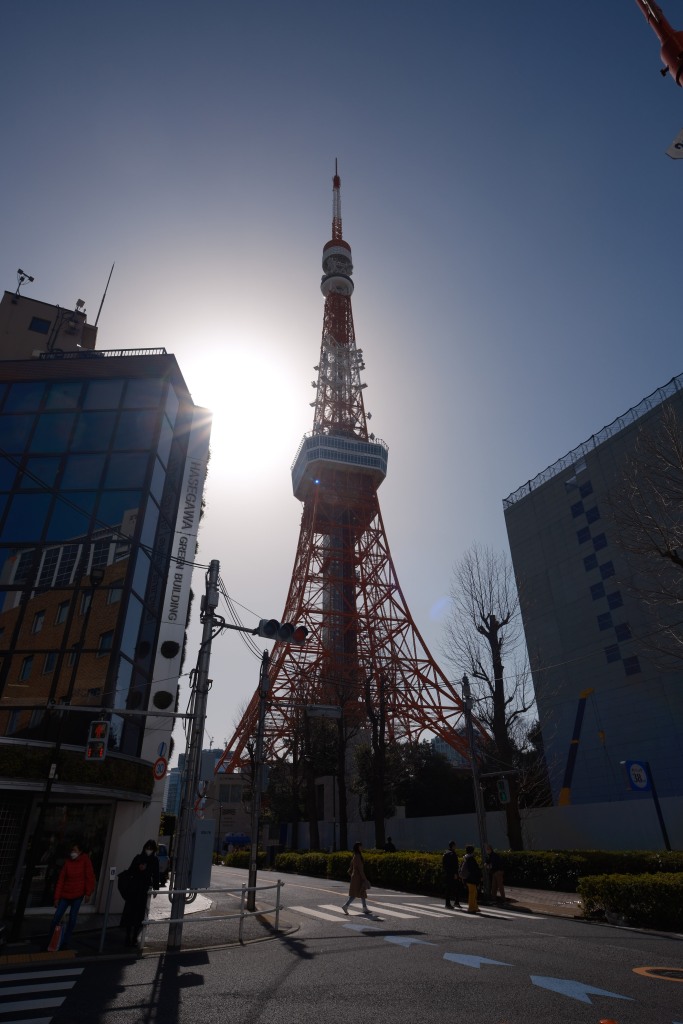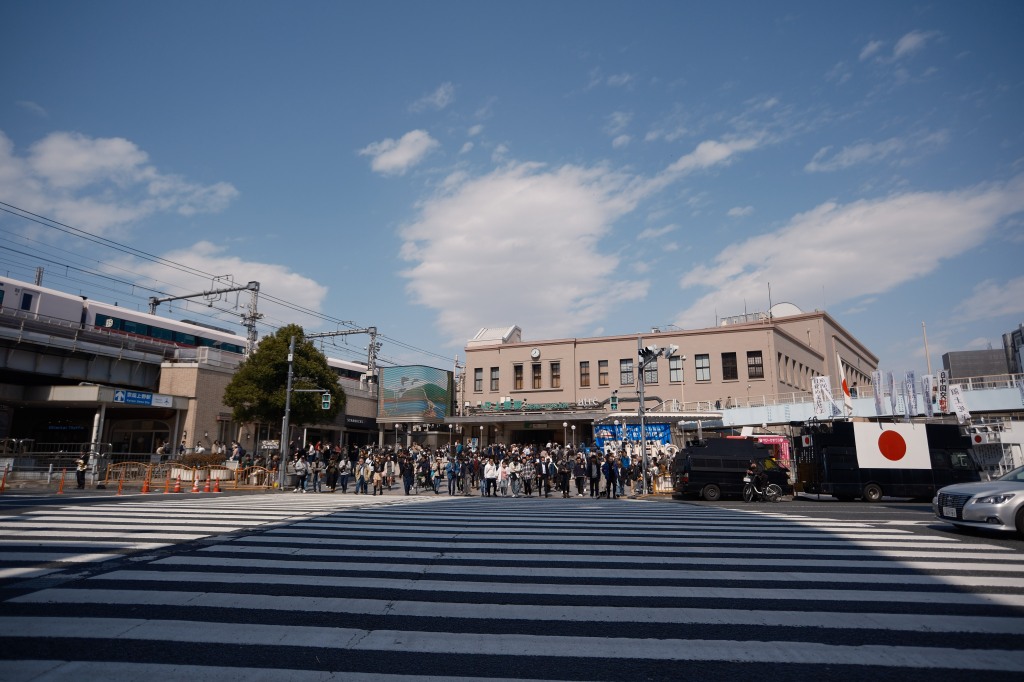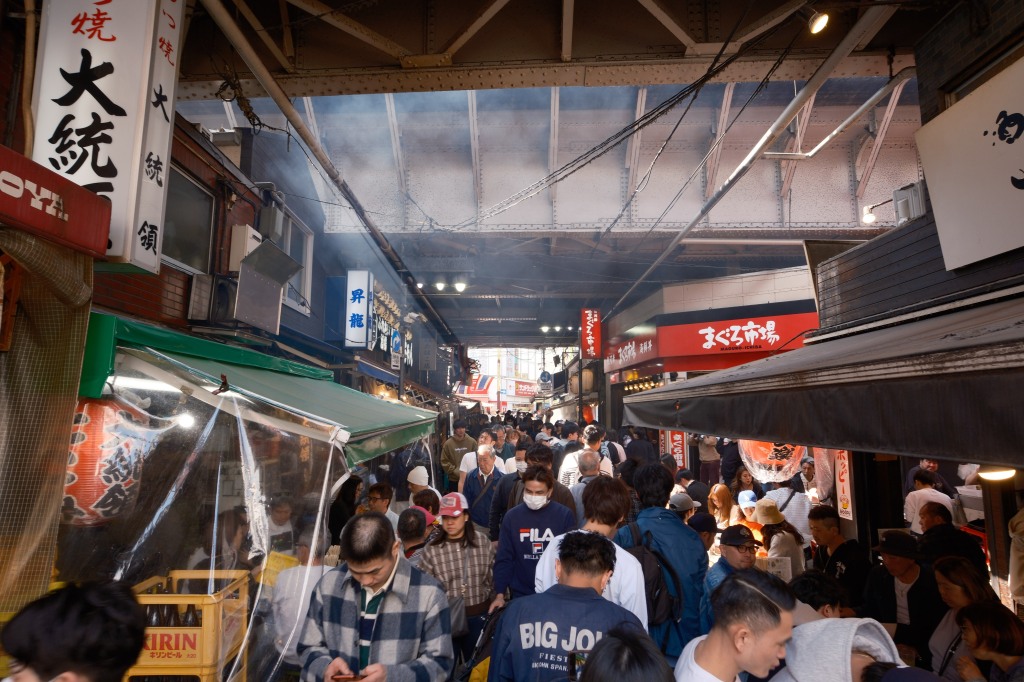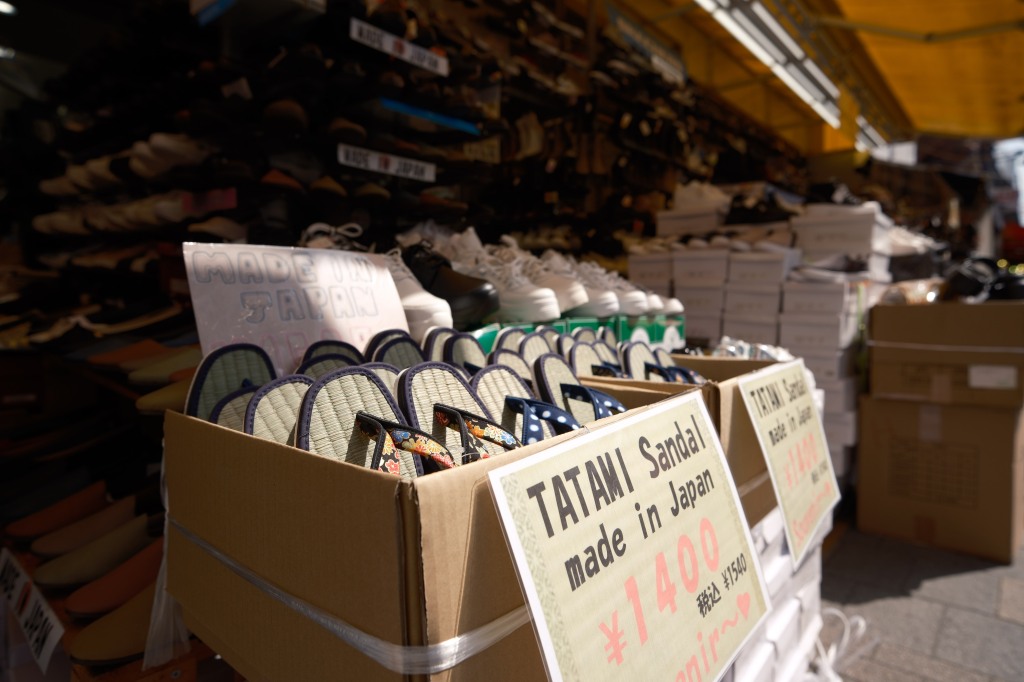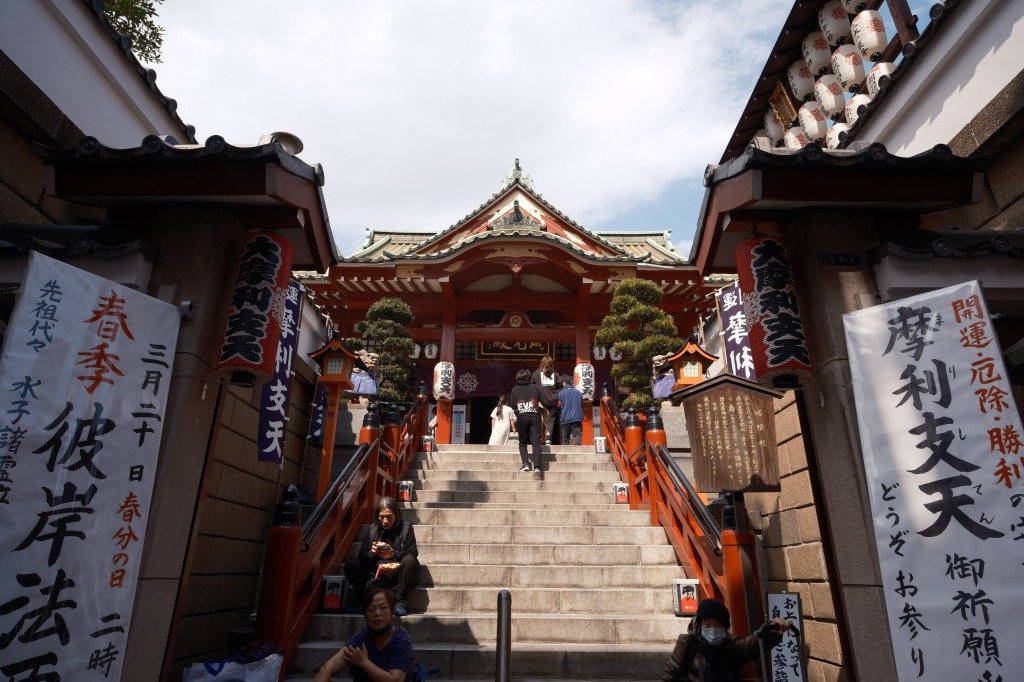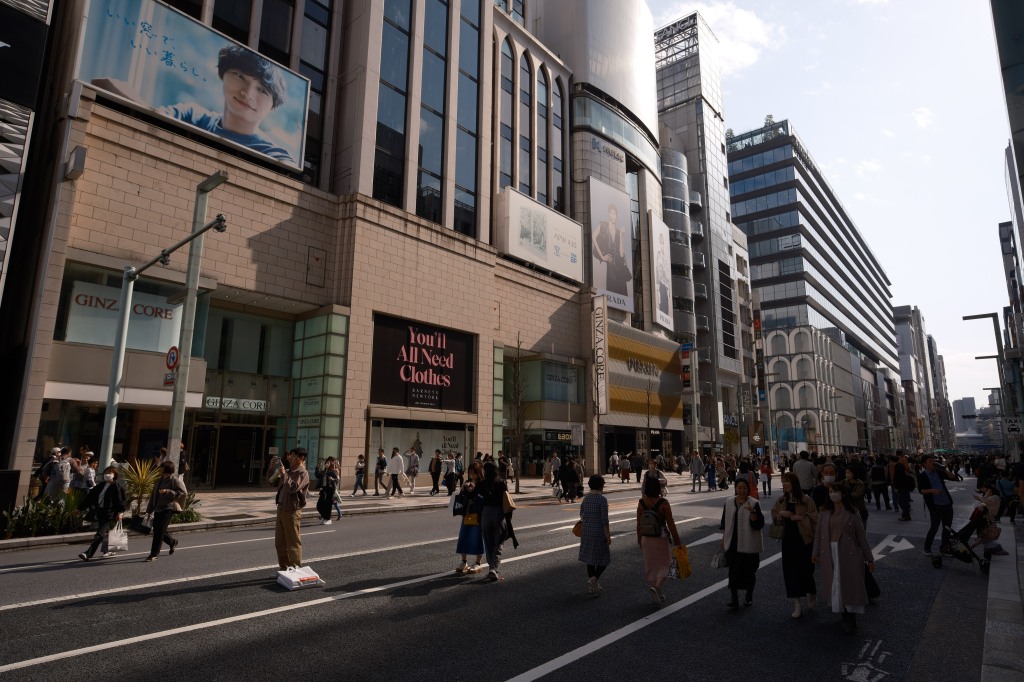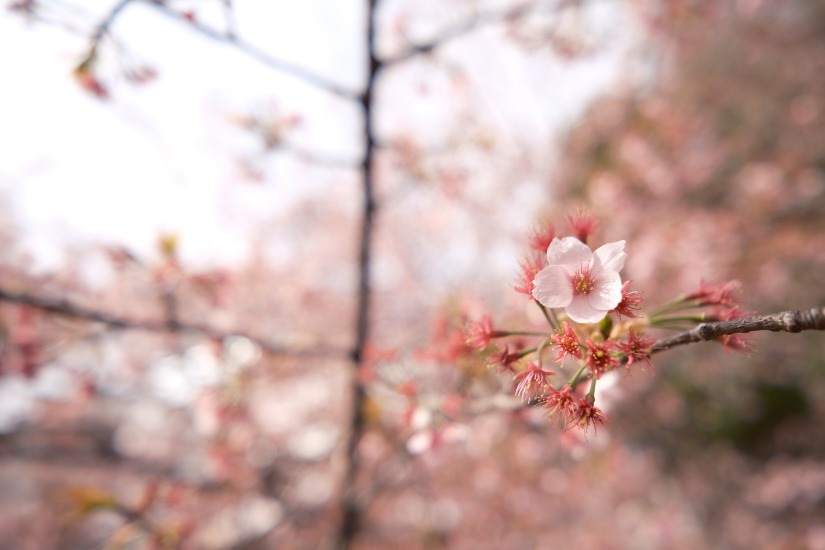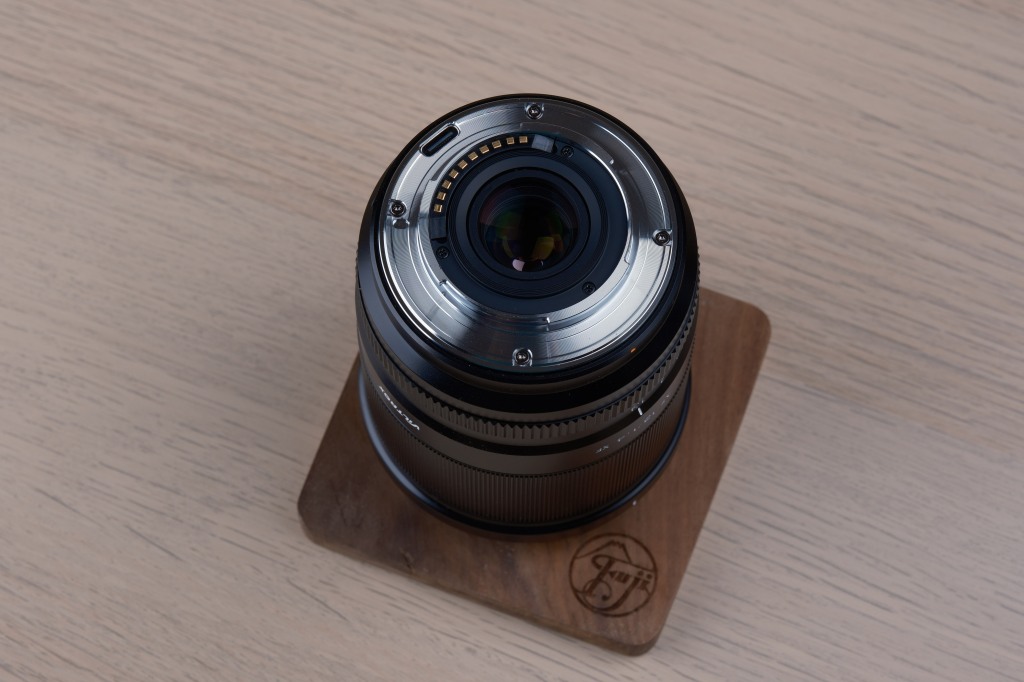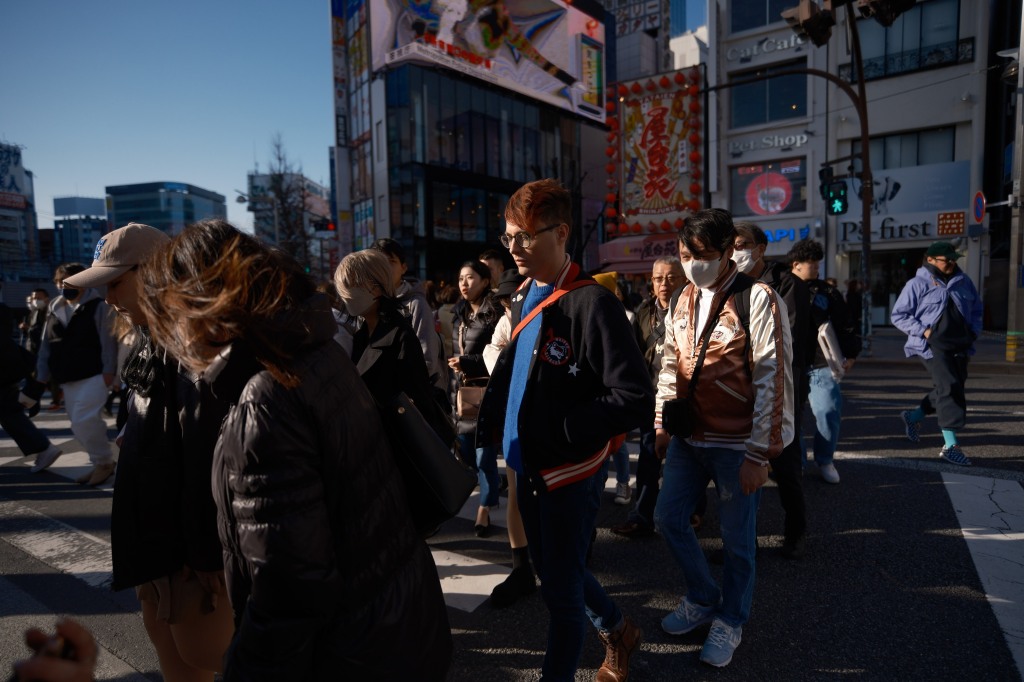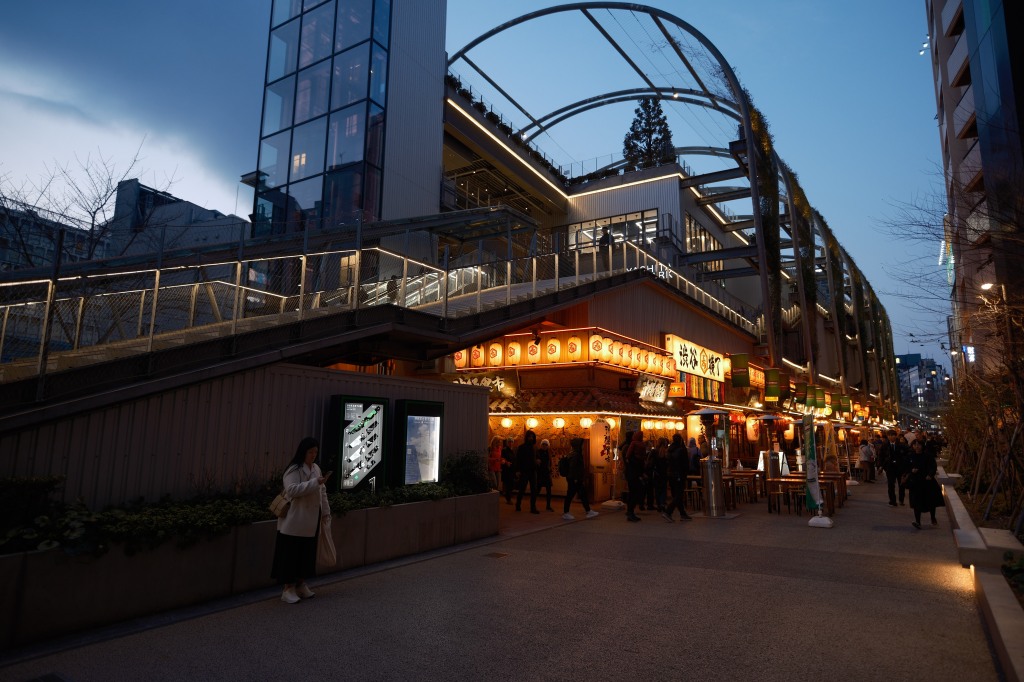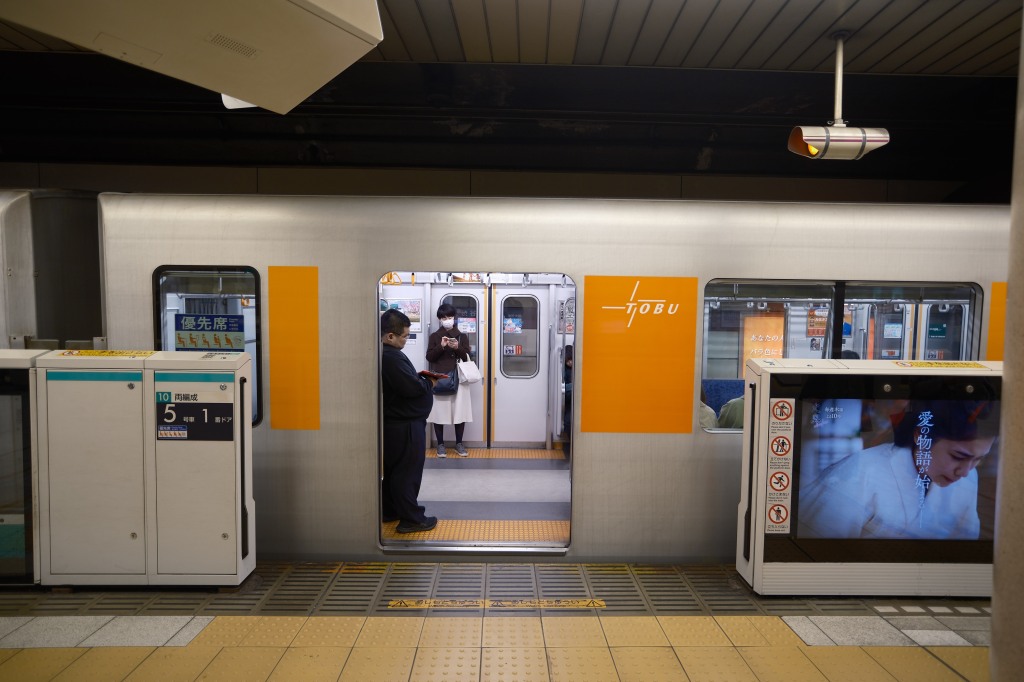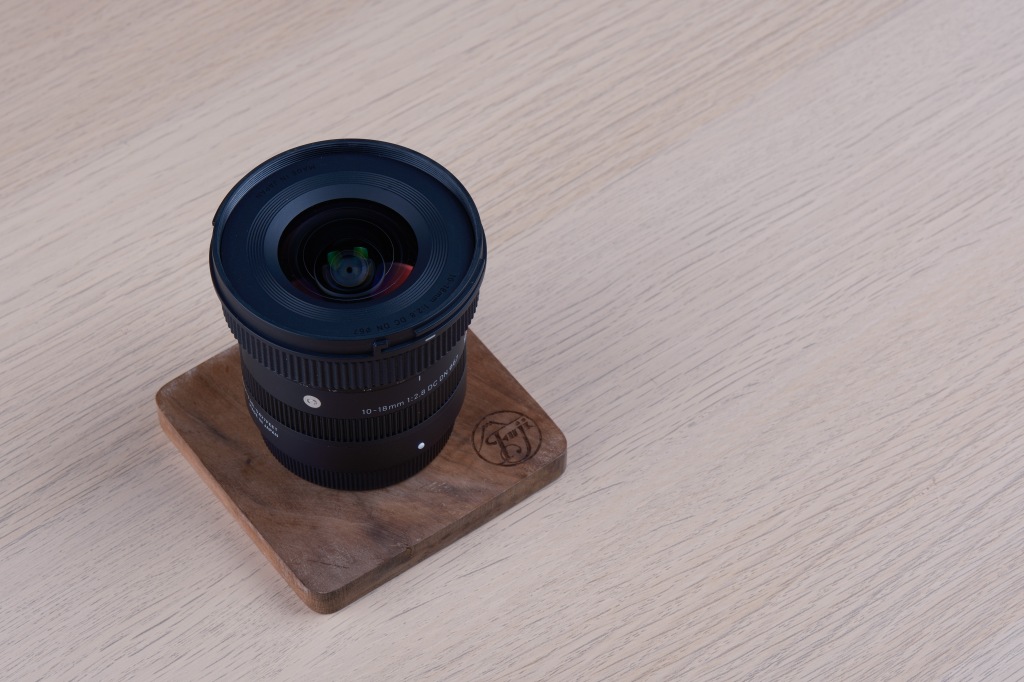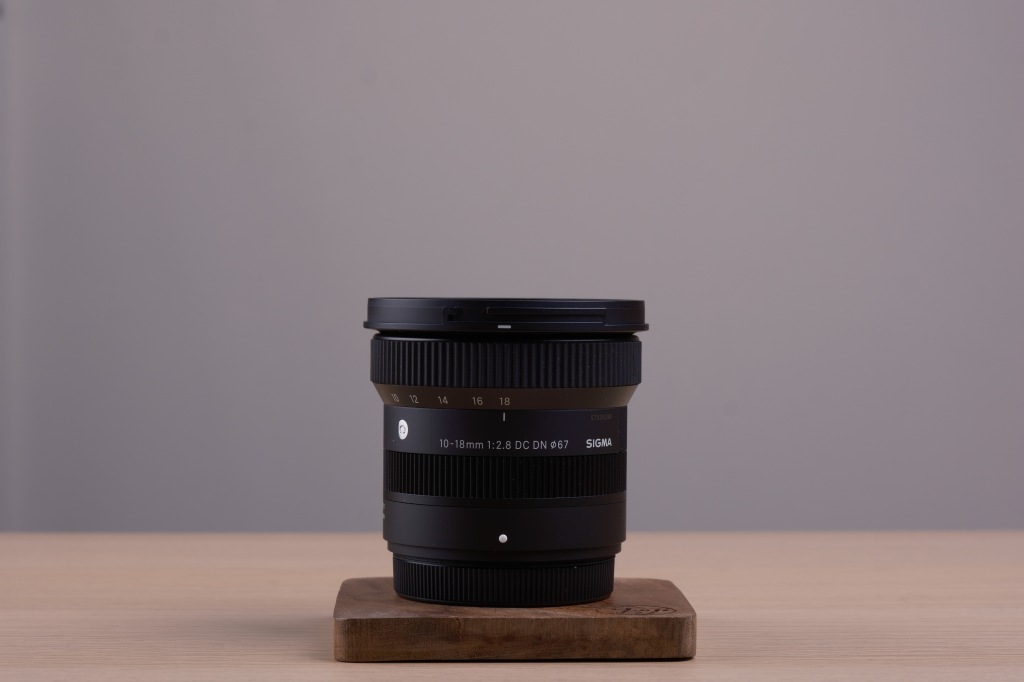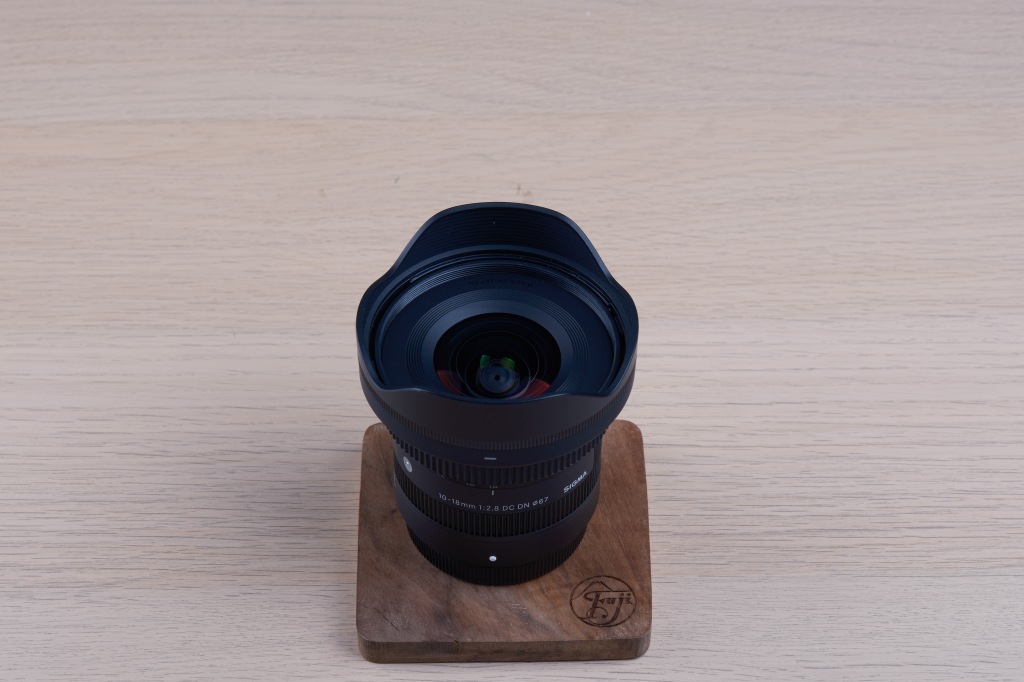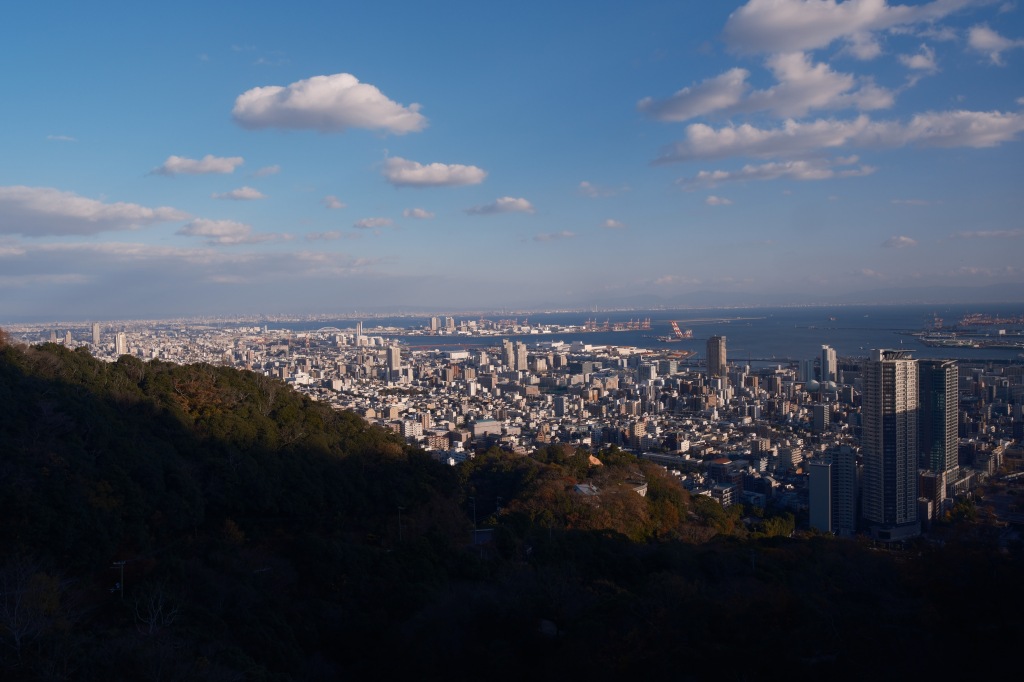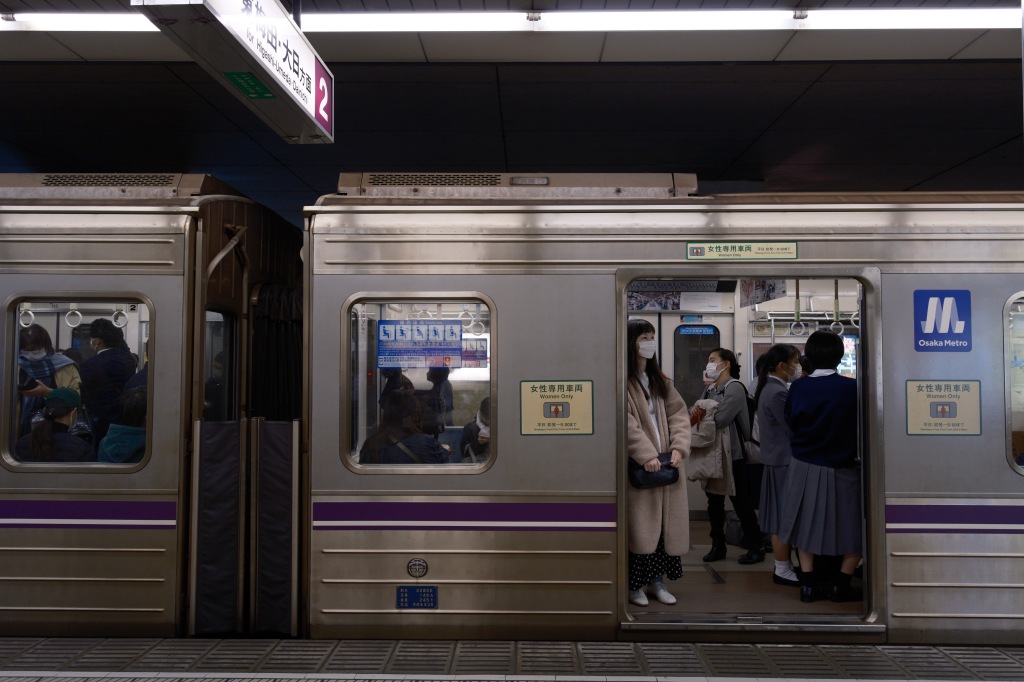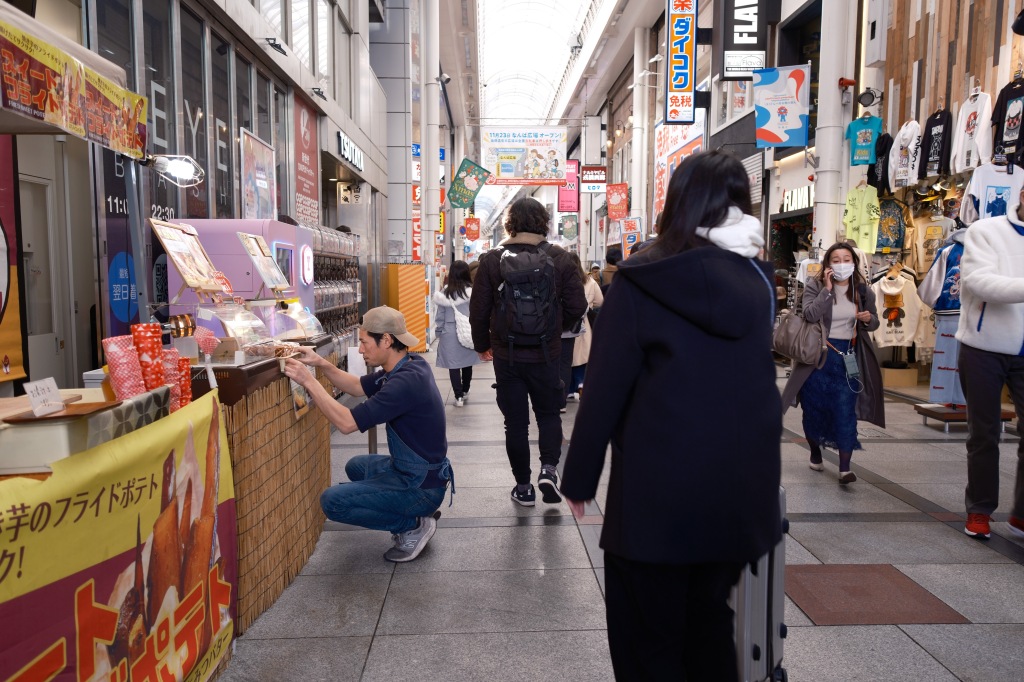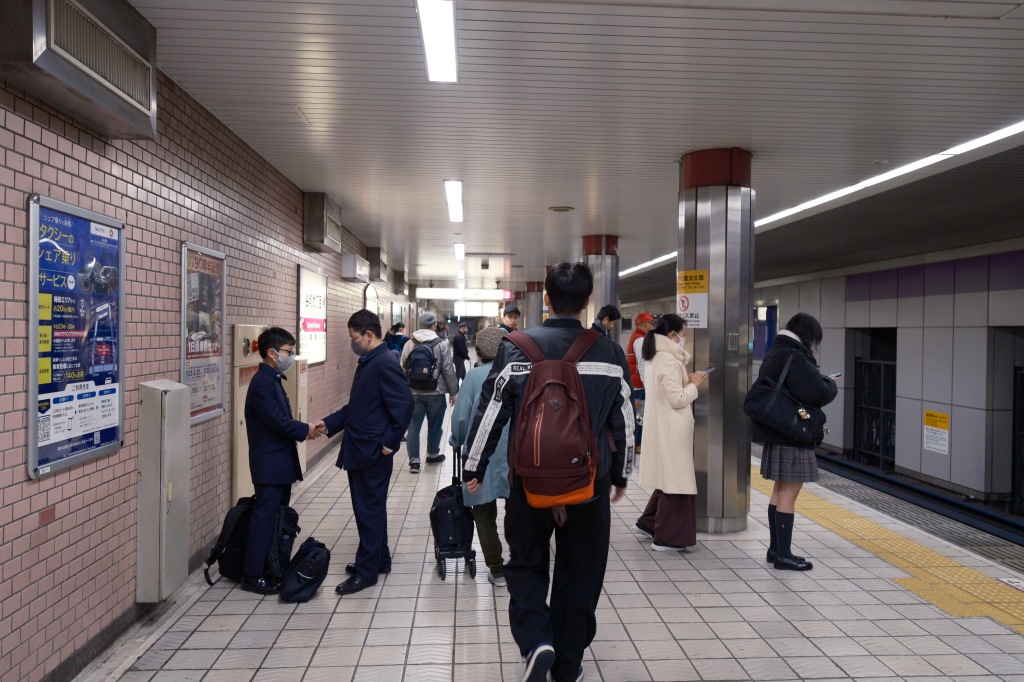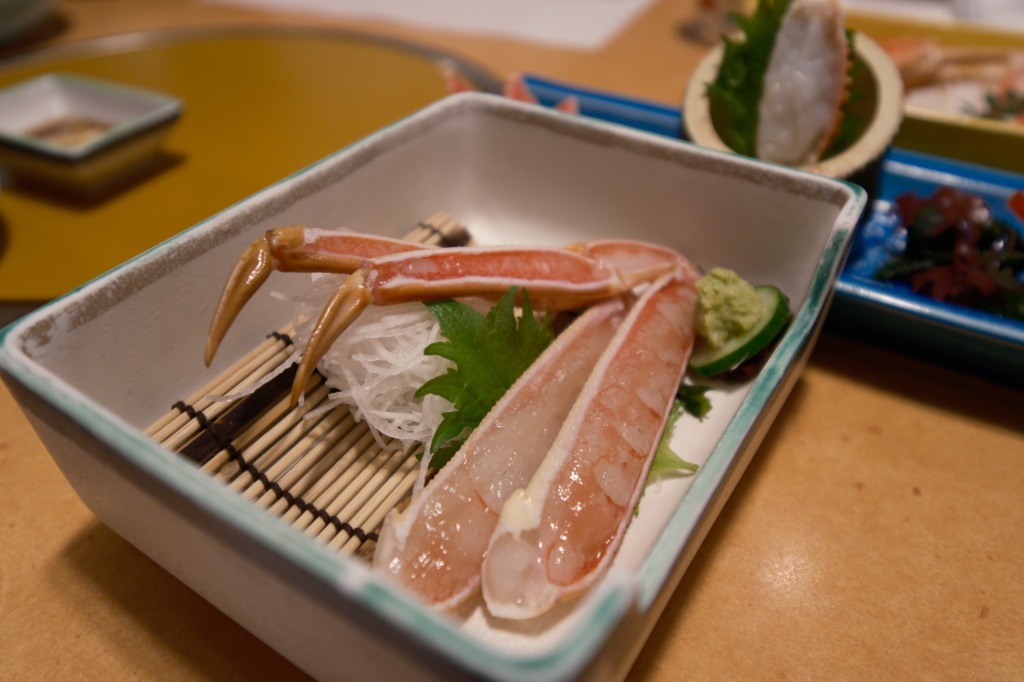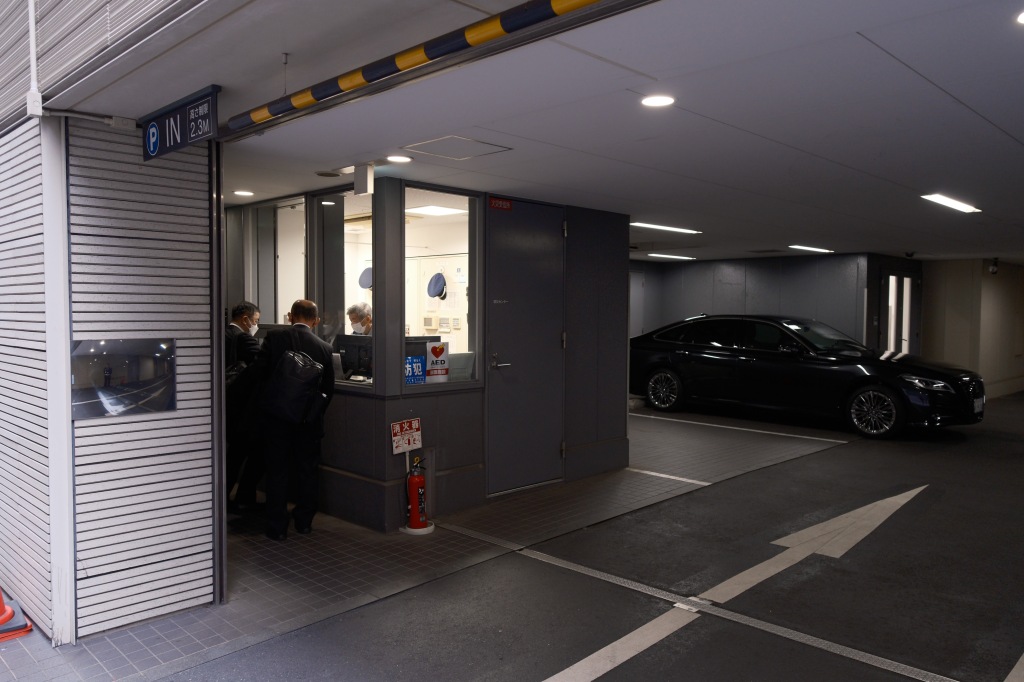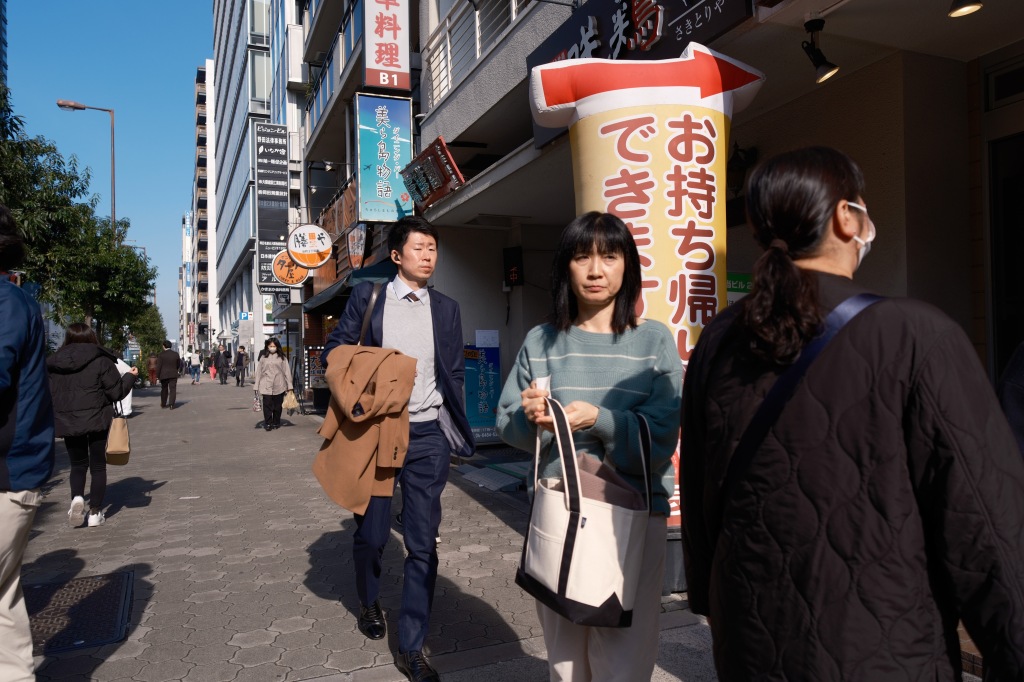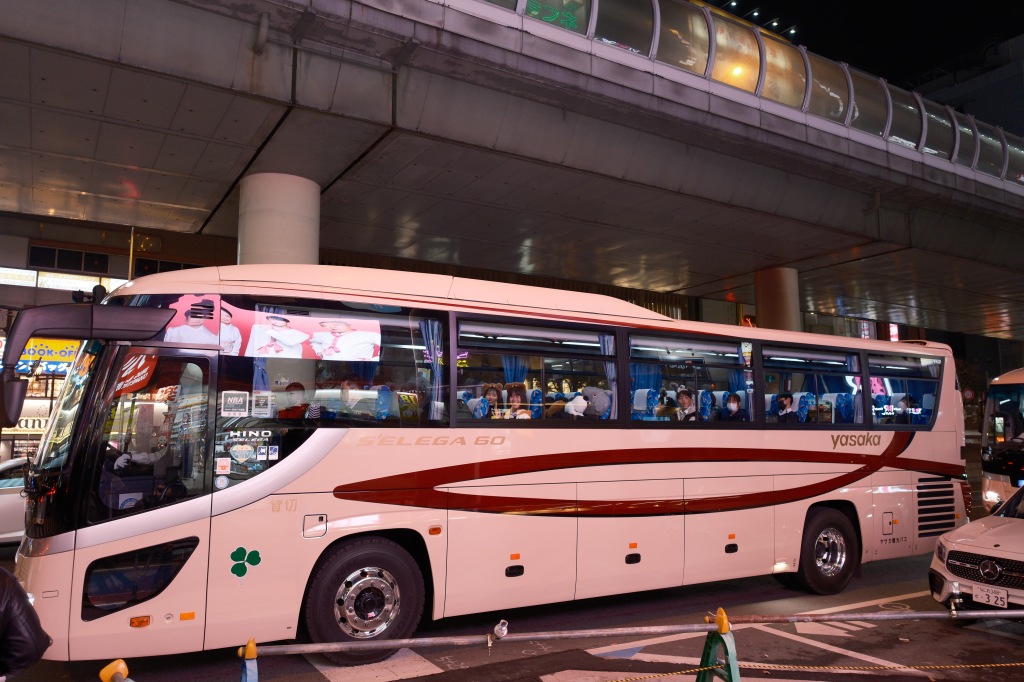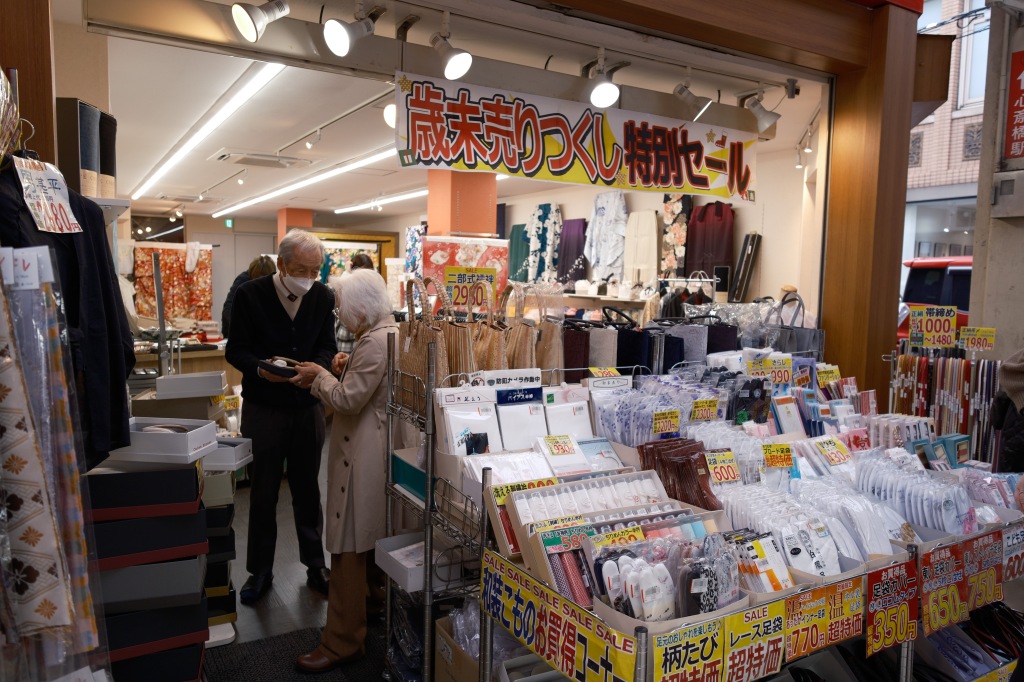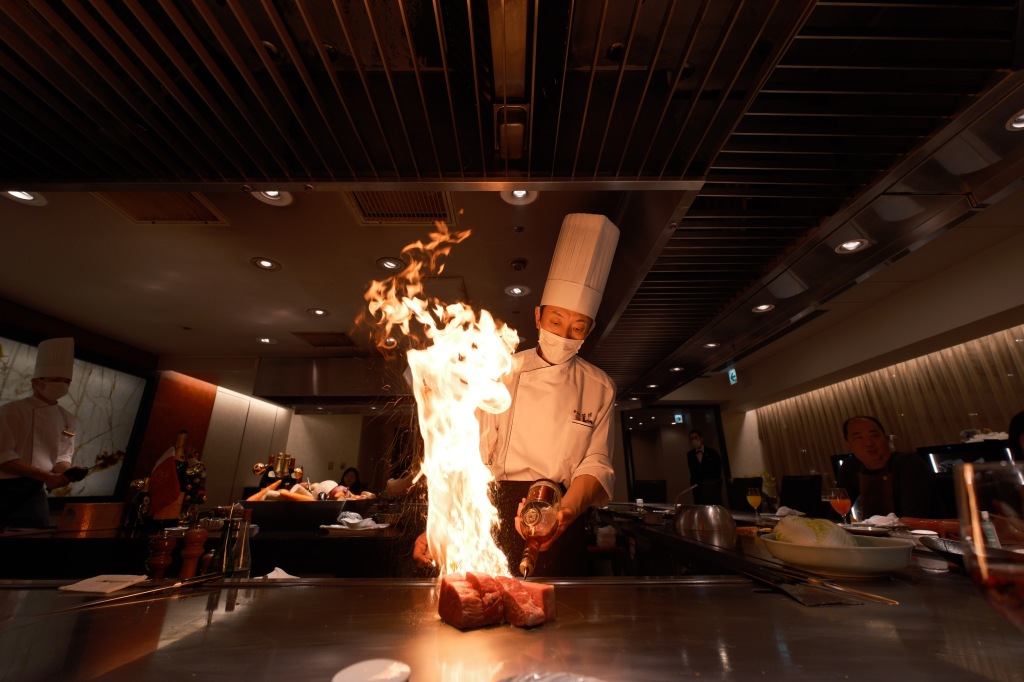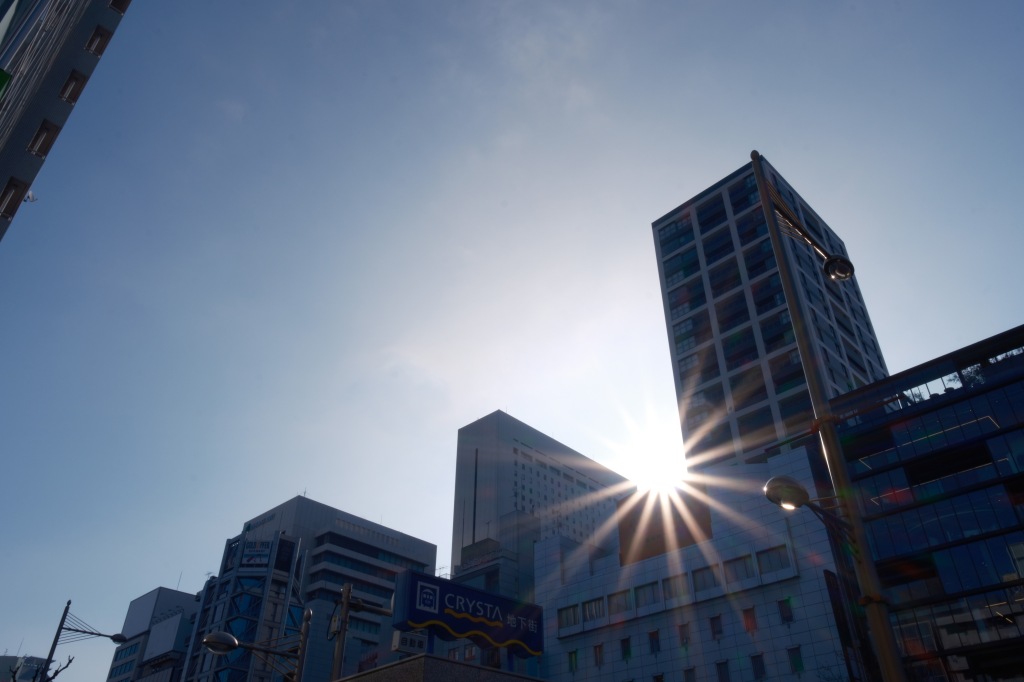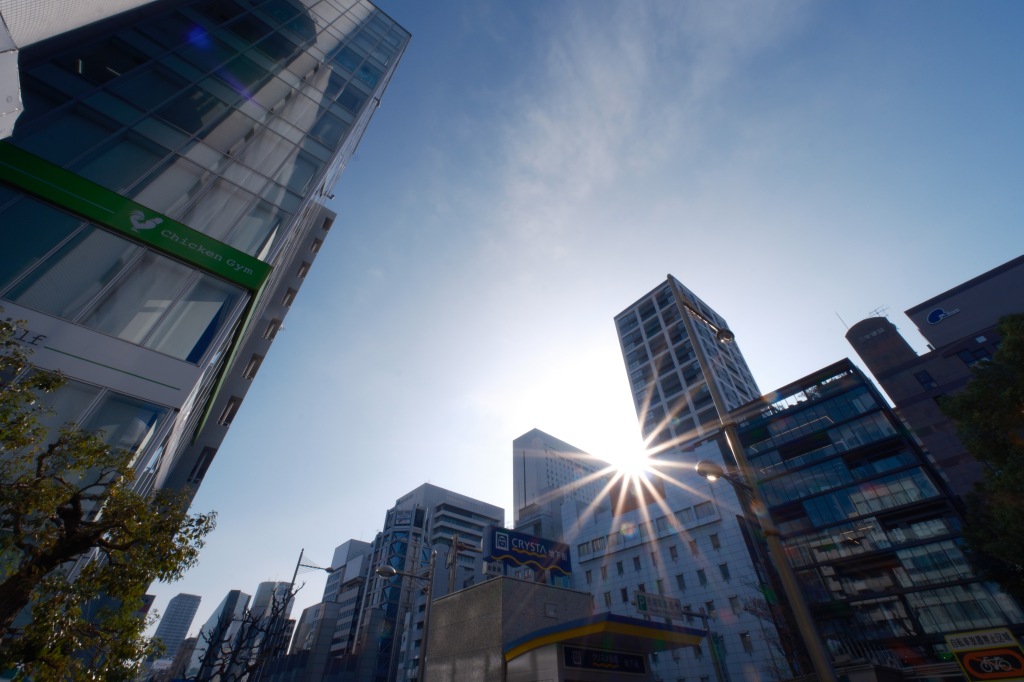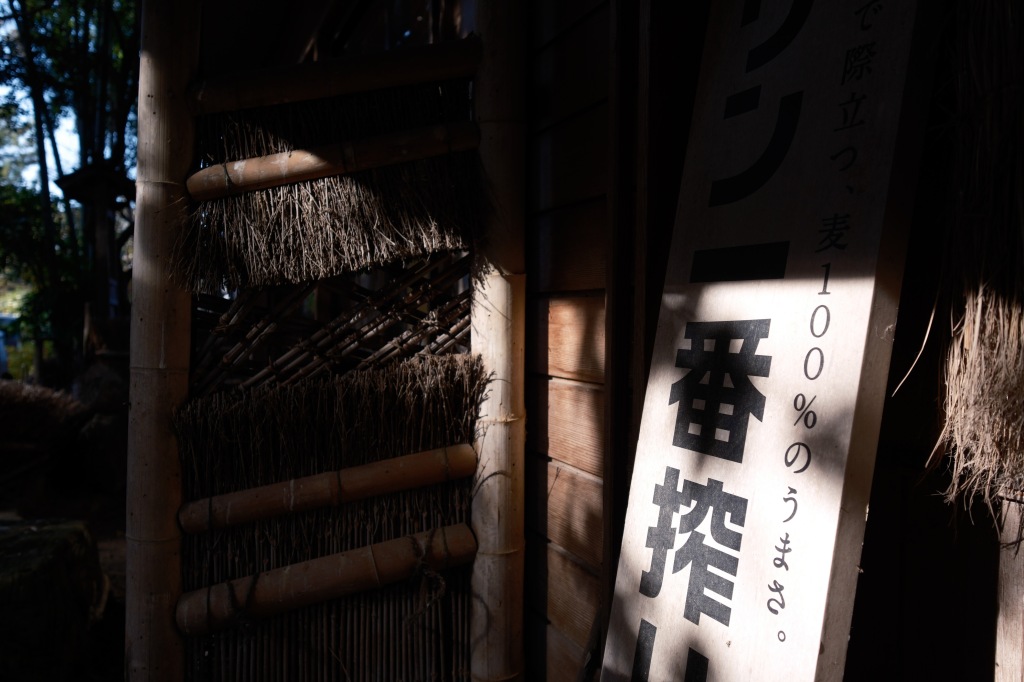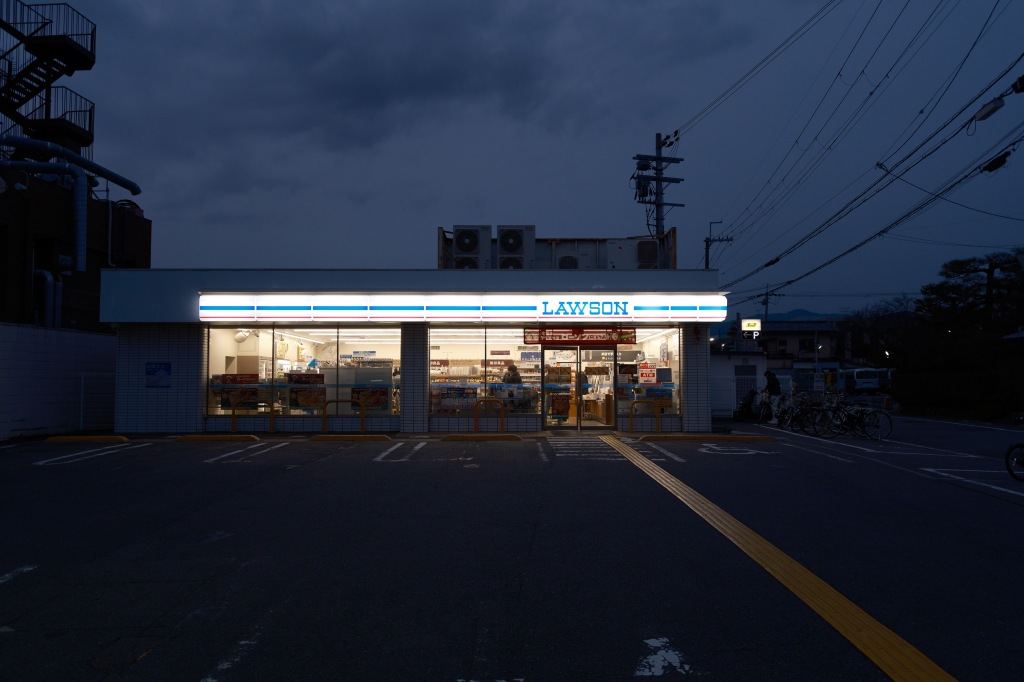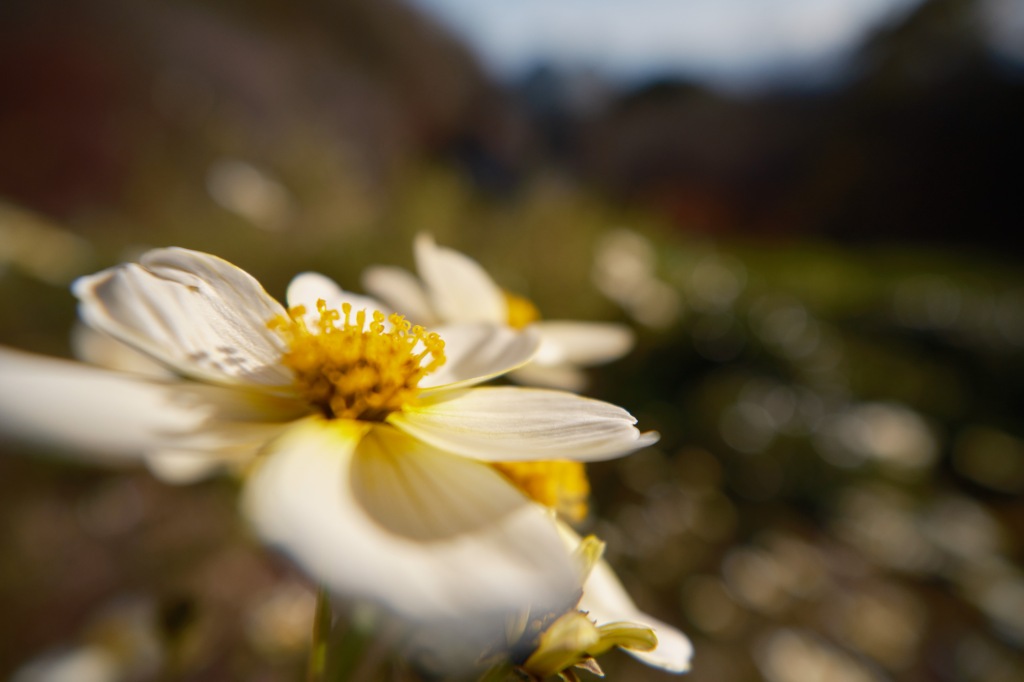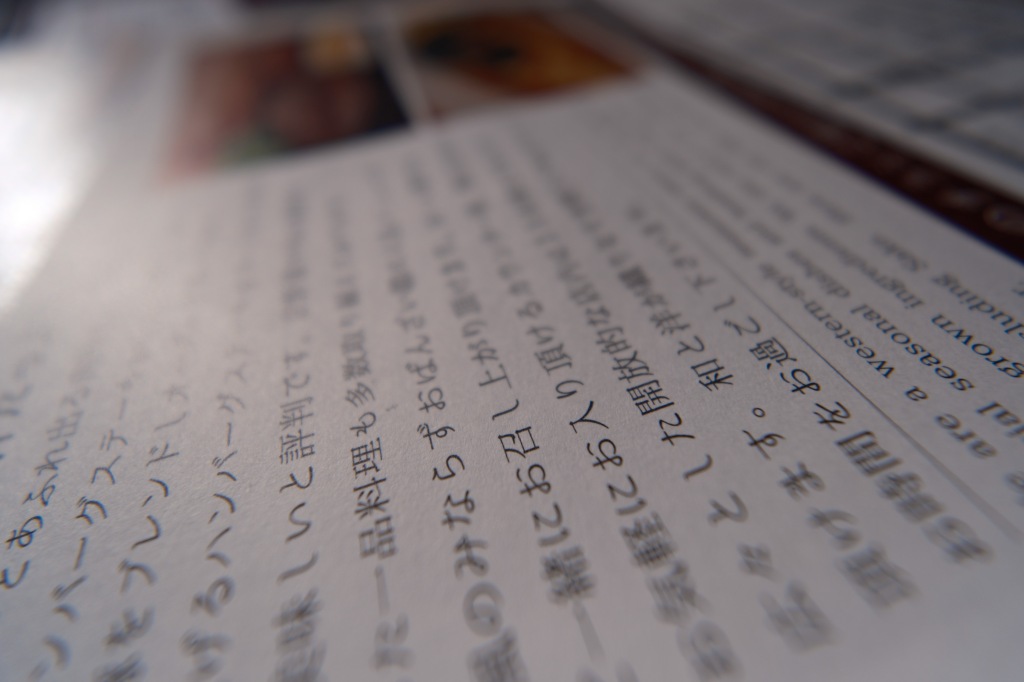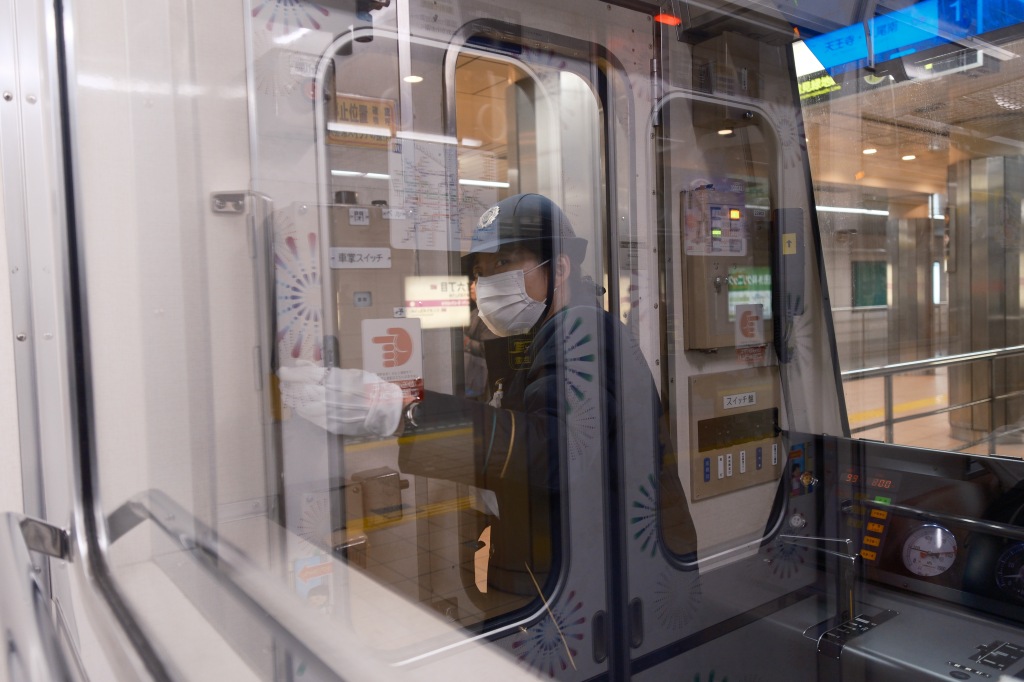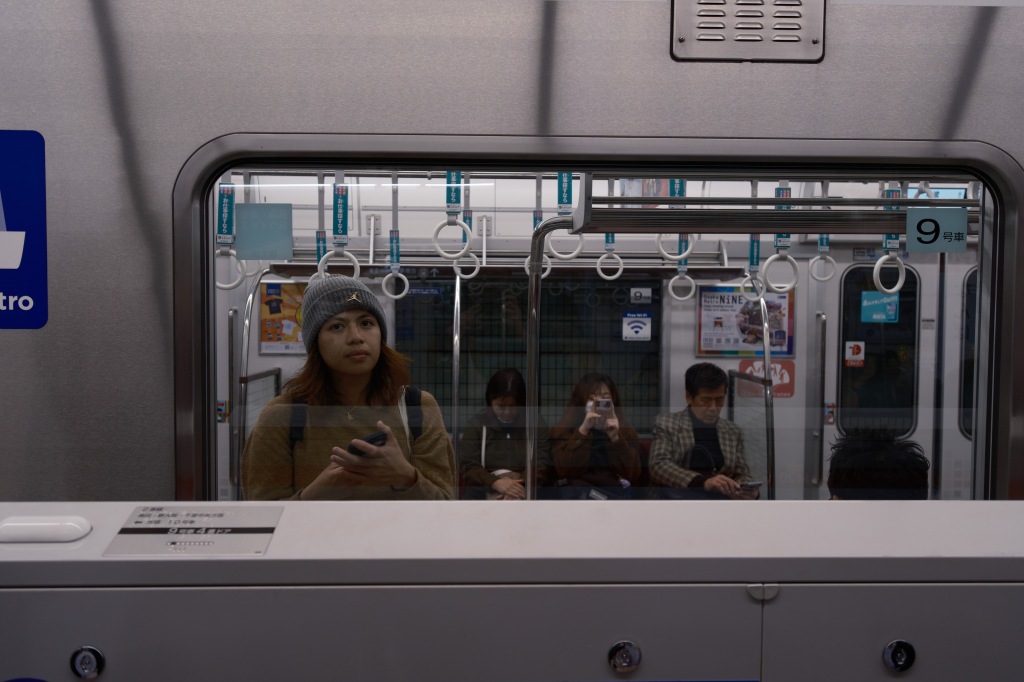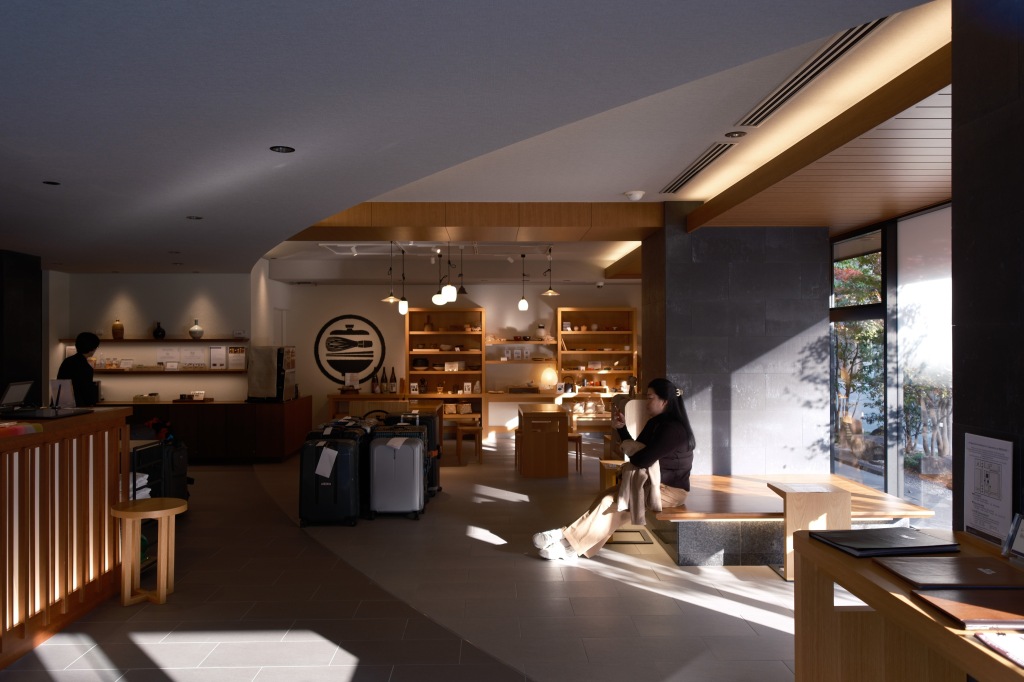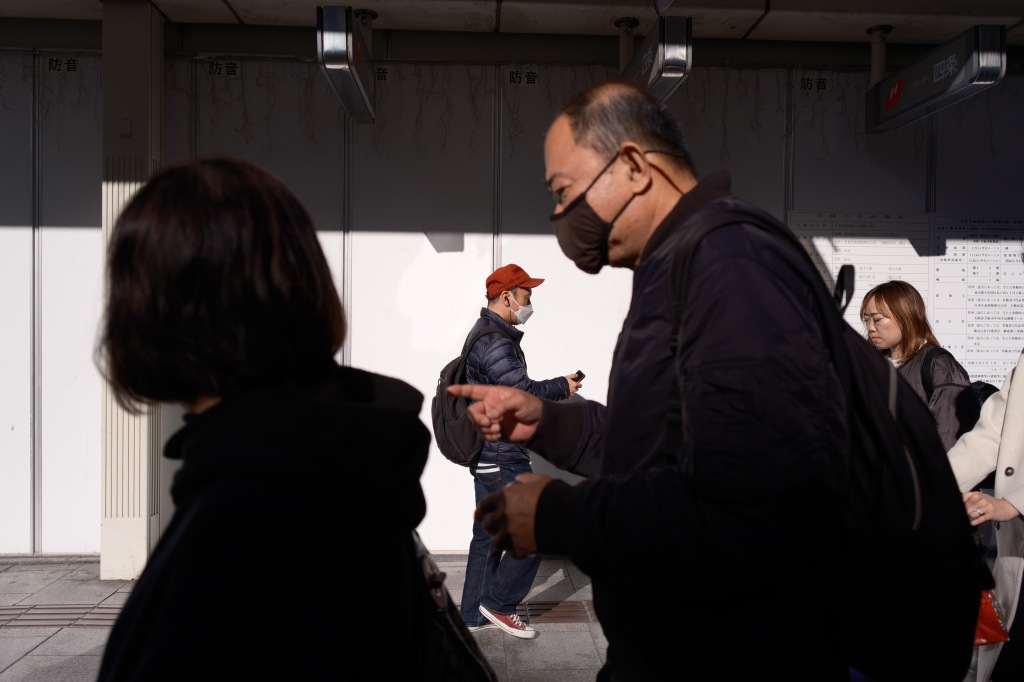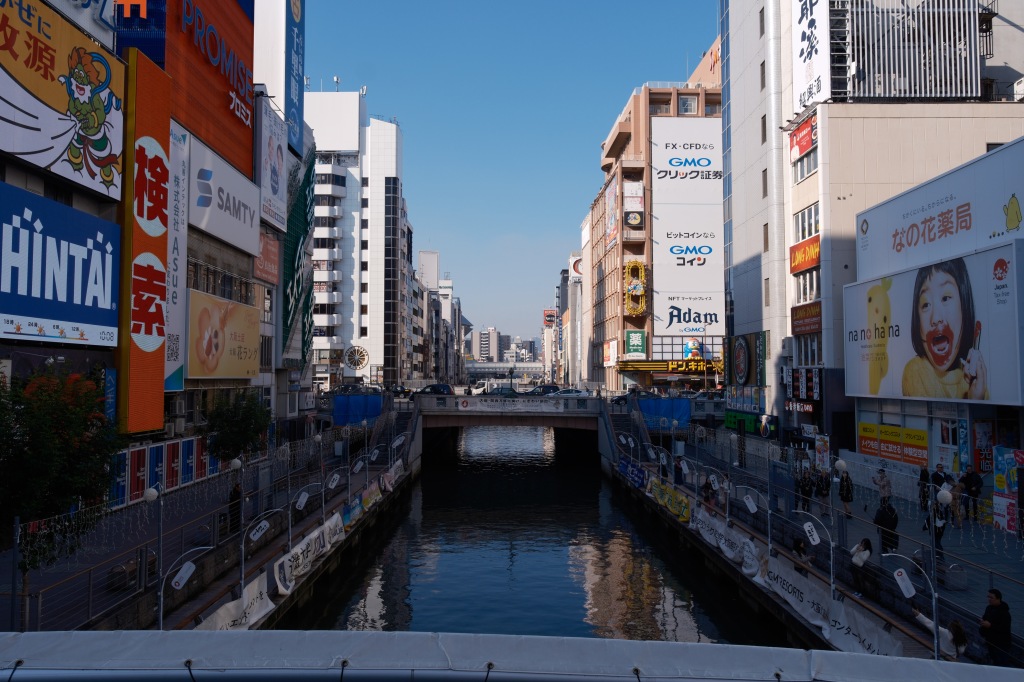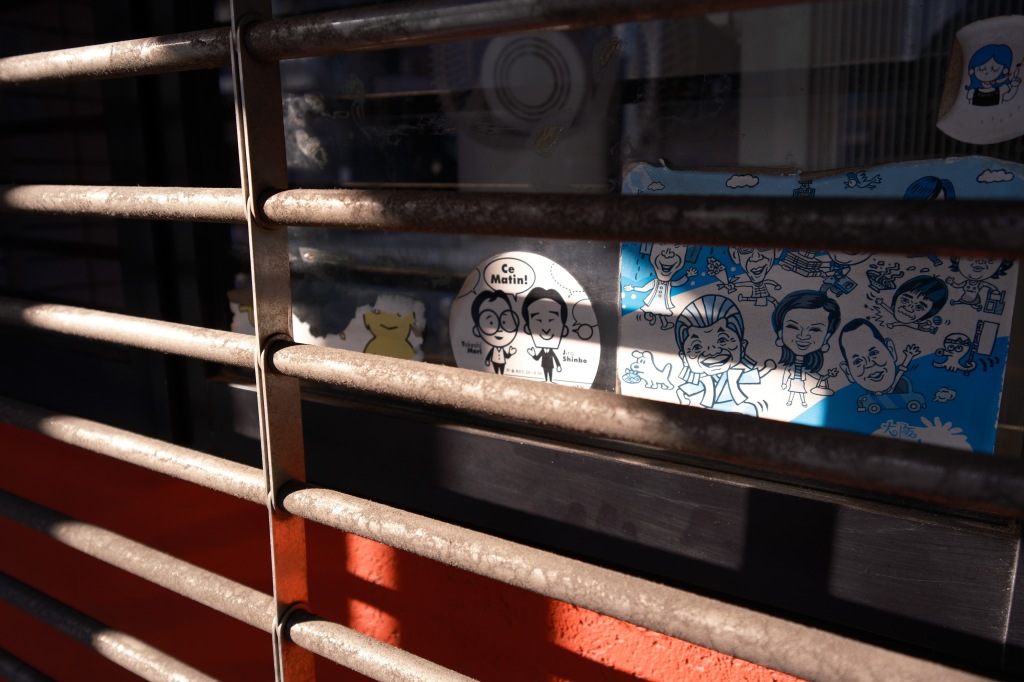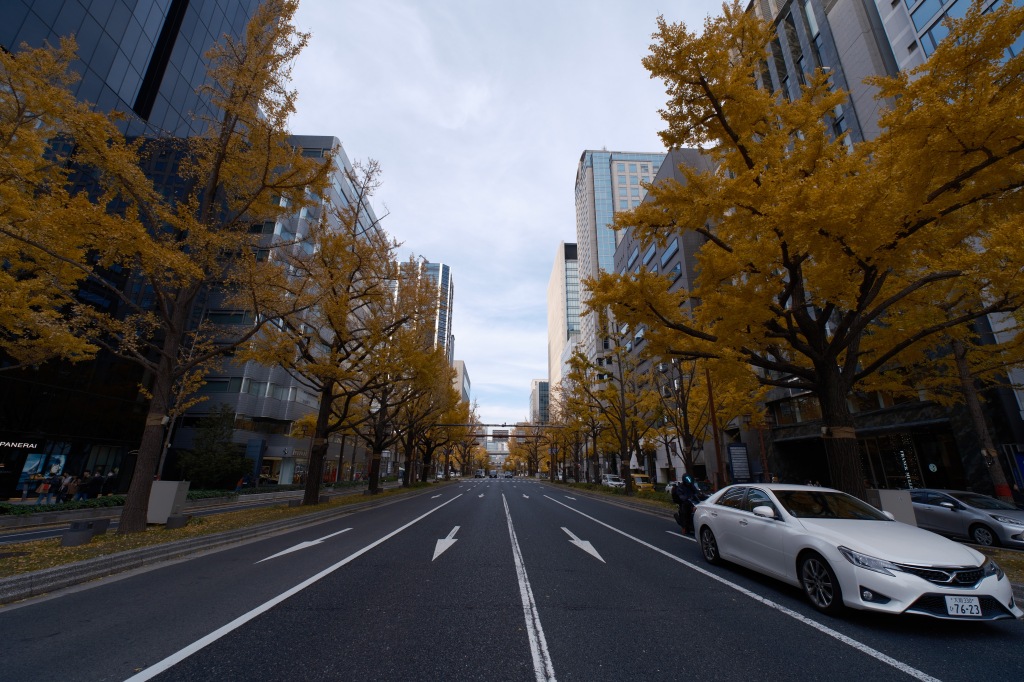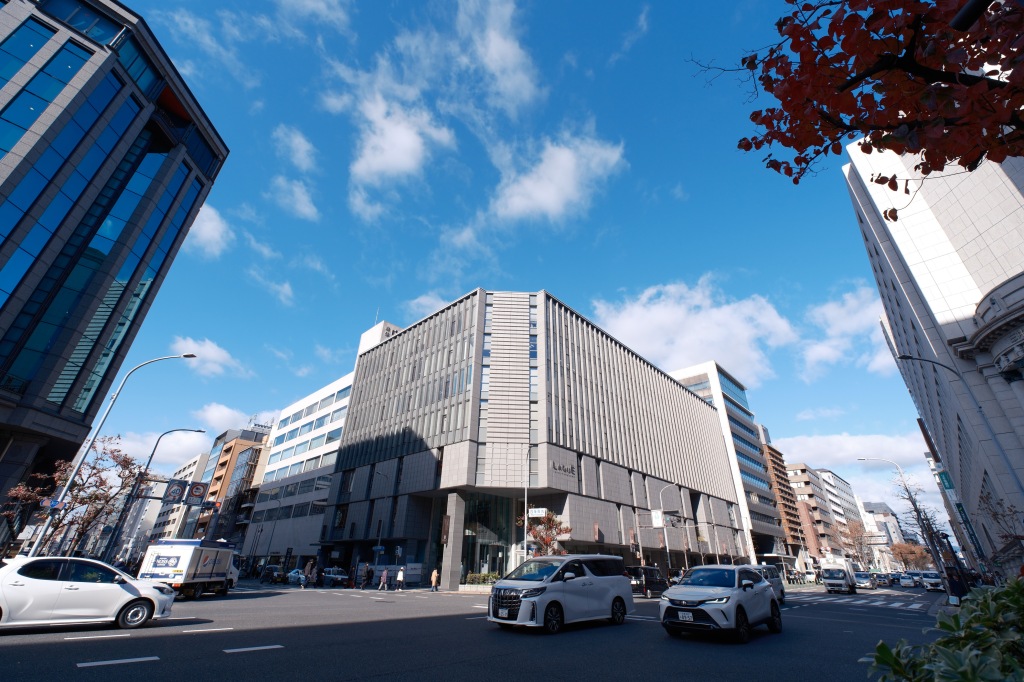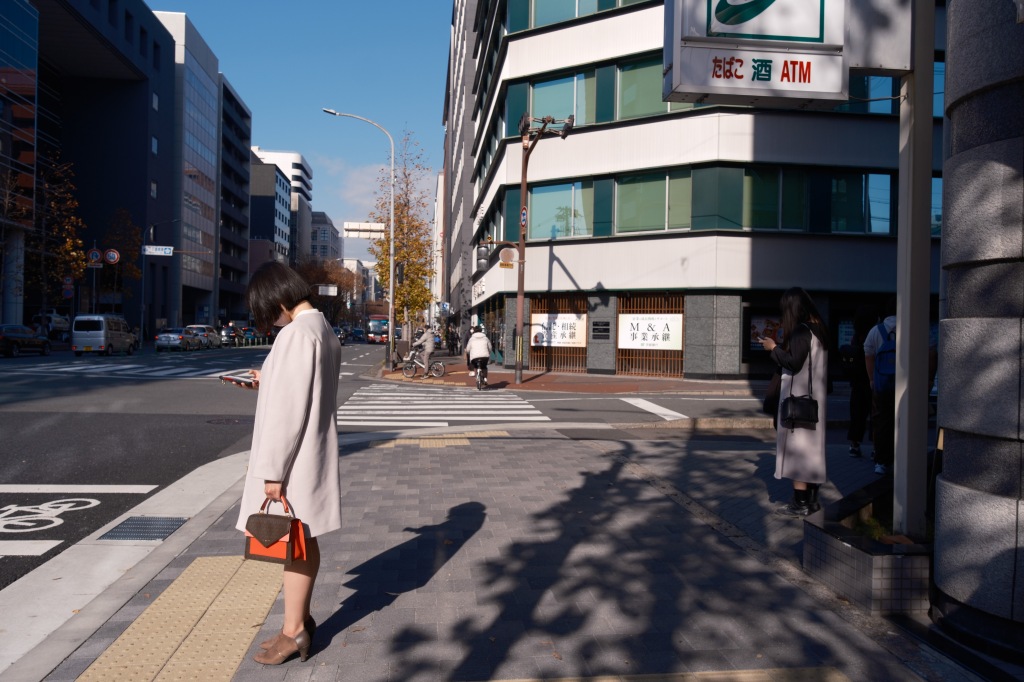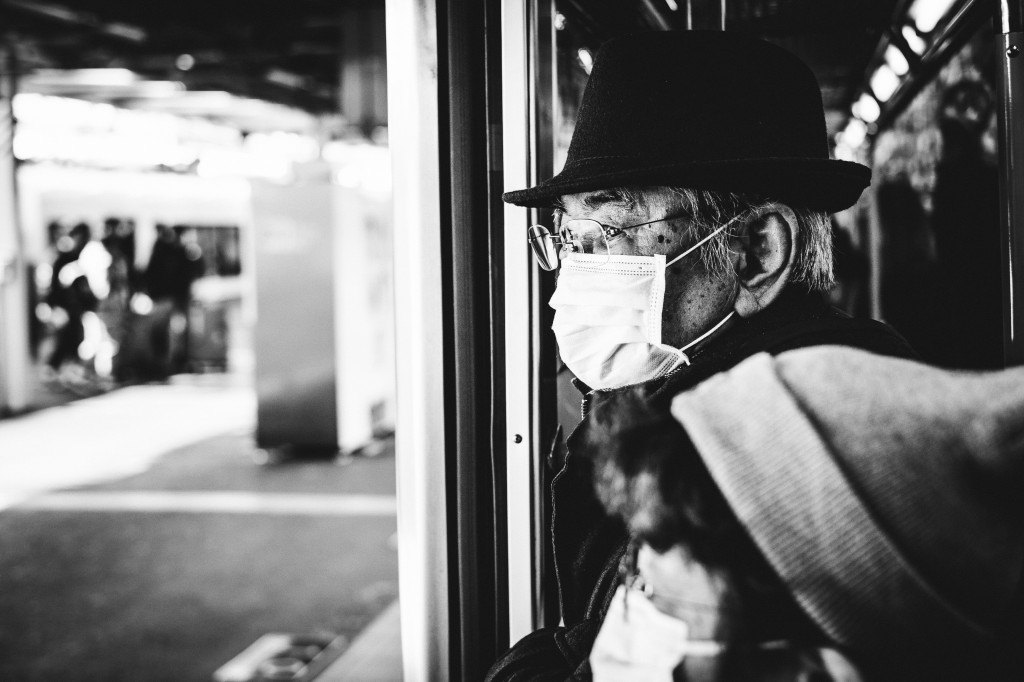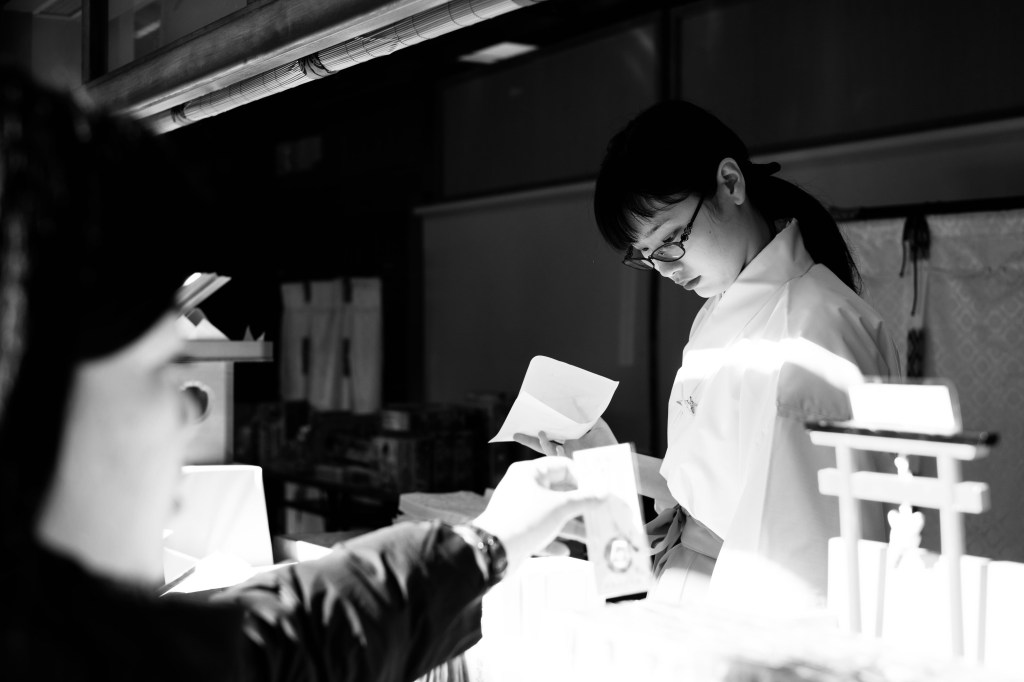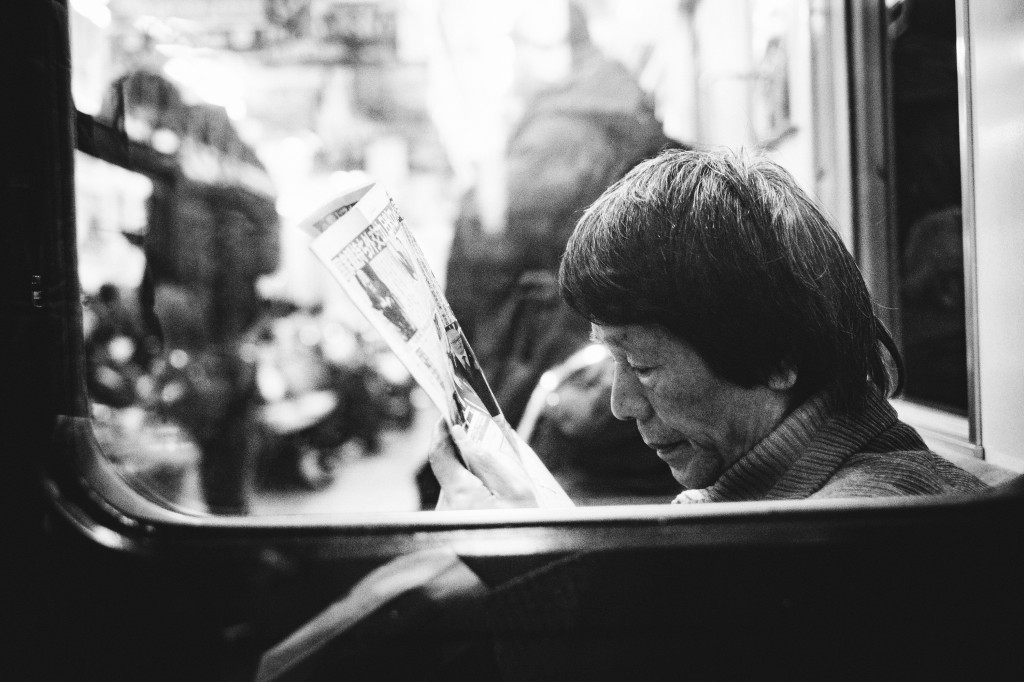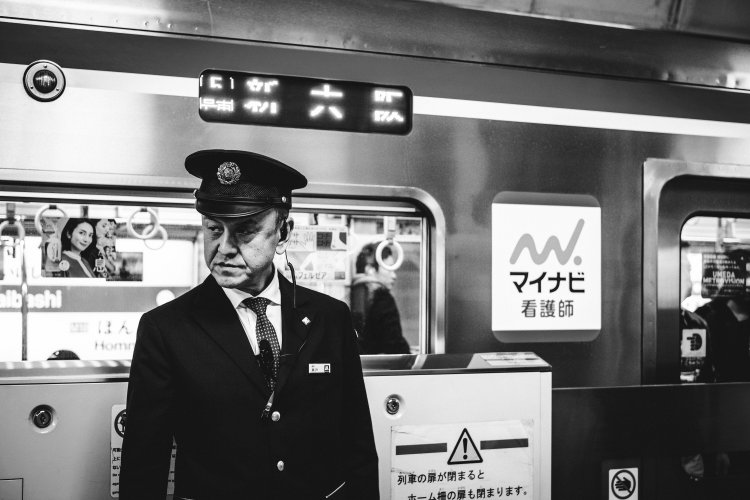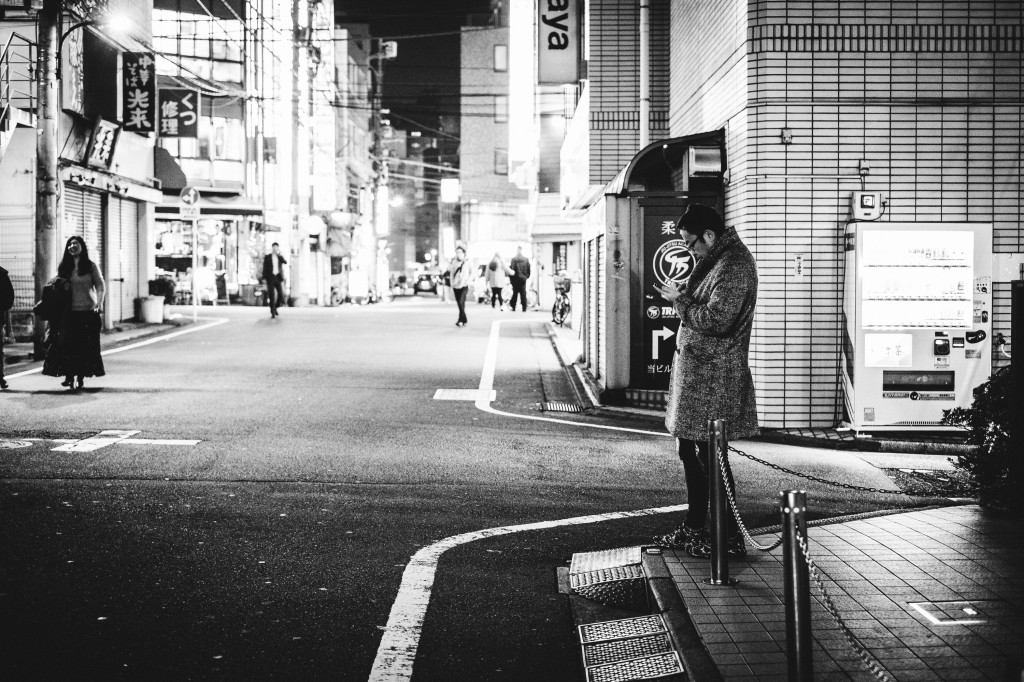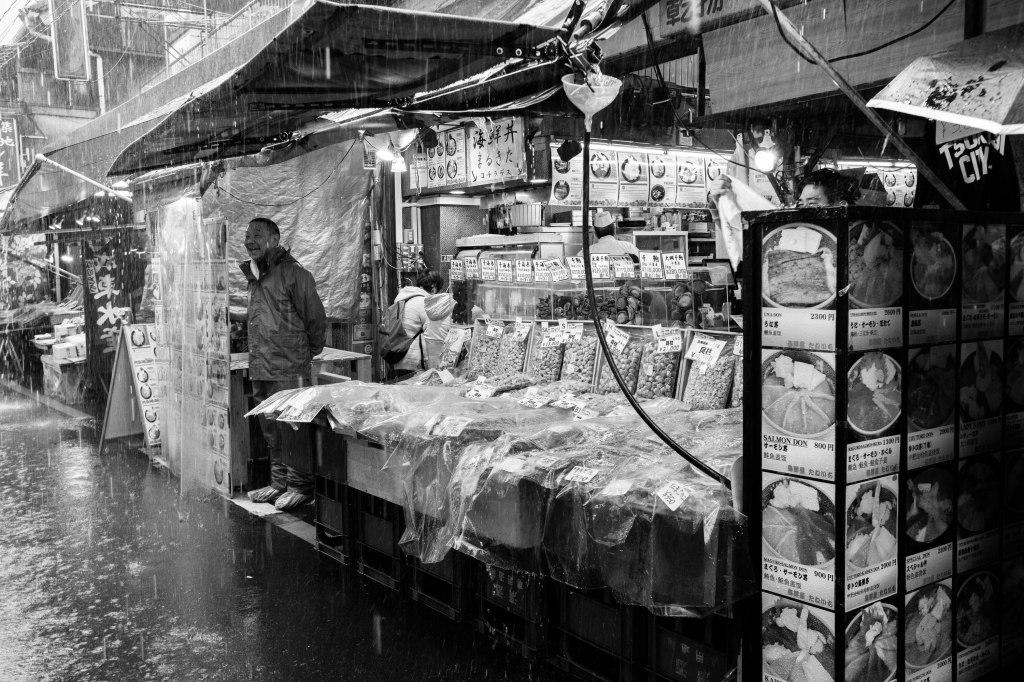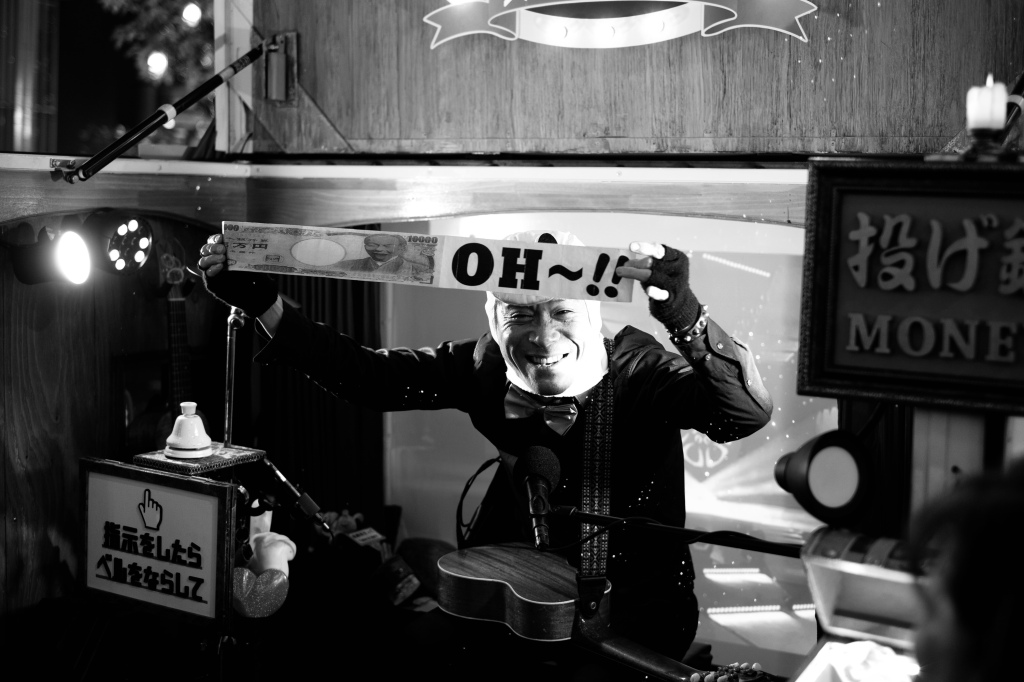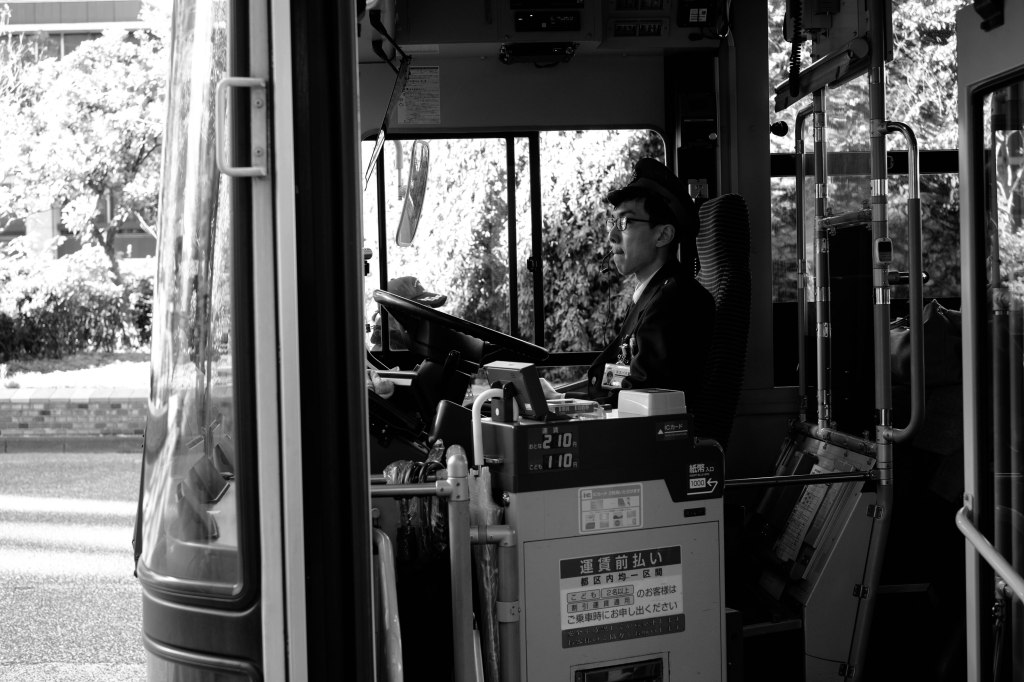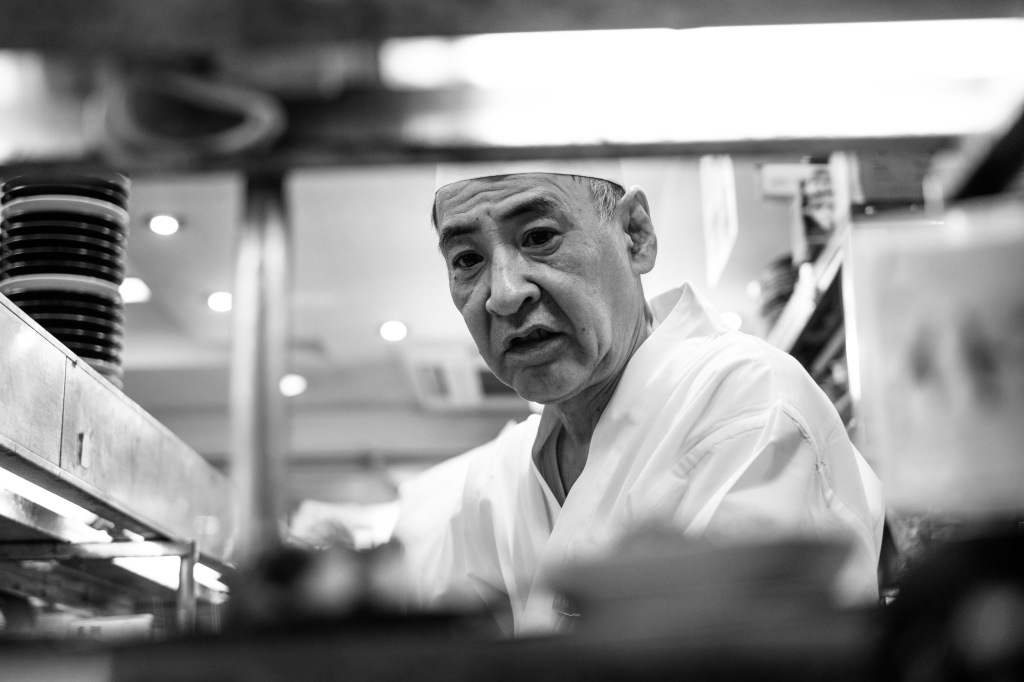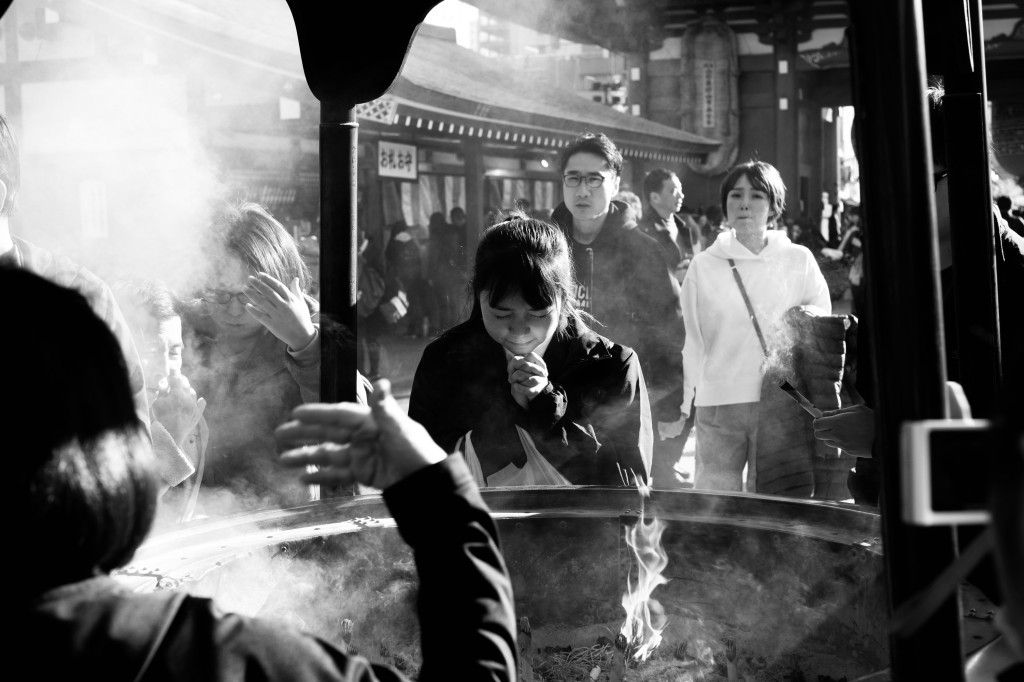I went on a trip to Japan with my family in mid-March. Just days before the trip, I was still trying to figure out which lens to bring. Then, Mr. Lawson from Sigma Marketing (Singapore) reached out to me, asking if I’d be interested in testing the Sigma Contemporary 16-300mm f3.5 – f6.7 DC OS lens. This opportunity came at the perfect moment, resolving my lens dilemma.

Intro
The Contemporary 16-300mm f3.5 – f6.7 DC OS is Sigma’s first lens with an 18.8x zoom ratio. It is also the second long zoom lens made available to the Fuji X-mount community. This lens is offered in a variety of mounts, including RF-mount, E-mount, L-mount, and of course, X-mount. It was announced on February 13, 2025, alongside the stunning Sigma BF camera.

Before continuing, I’d like to extend my thanks to Mr. Lawson from Sigma Marketing (Singapore) for loaning me this lens for review, and to Kai for coordinating everything. I truly appreciate their generous support in making this review possible.

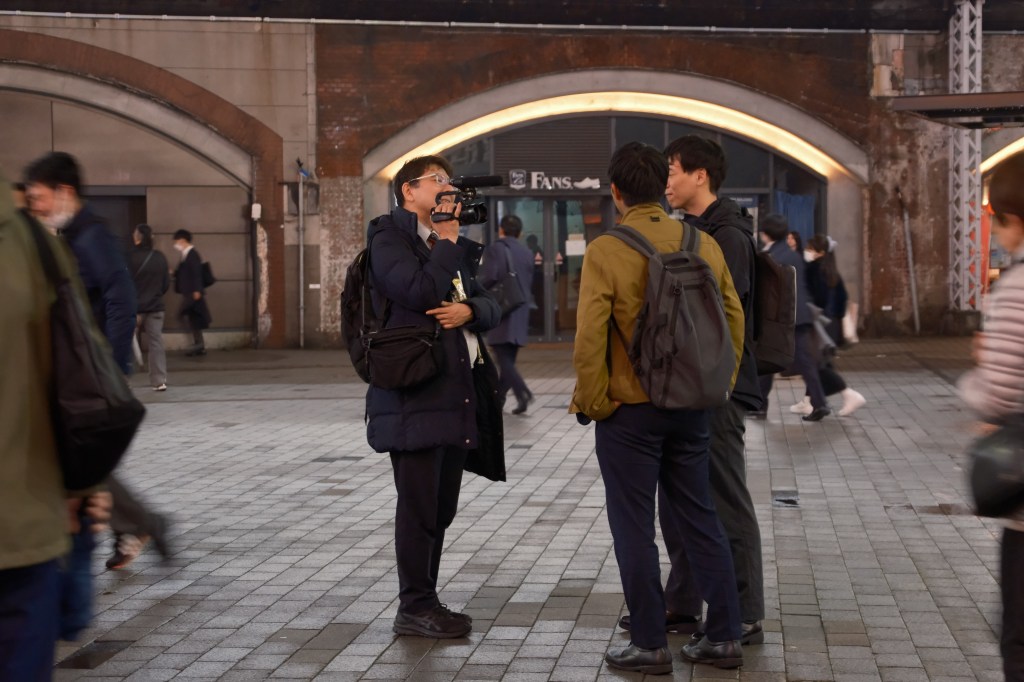
Right: Fuji X-T5 . Sigma 16-300mm f3.5 – f6.7 @ 59.4mm . f5.6 . 1/25″ . ISO 3200 . Nostalgic Negative
Design and Build Quality
The lens is built with the familiar “Thermally Stable Composite” (TSC) polycarbonate material, the same used in Sigma’s 10-18mm f2.8, 23mm f1.4, and other Contemporary lenses. This construction ensures a solid, high-quality feel while keeping the lens lightweight. Weighing in at 615 grams, it is well-balanced with the X-T5, even though when it’s at the longer zoom.

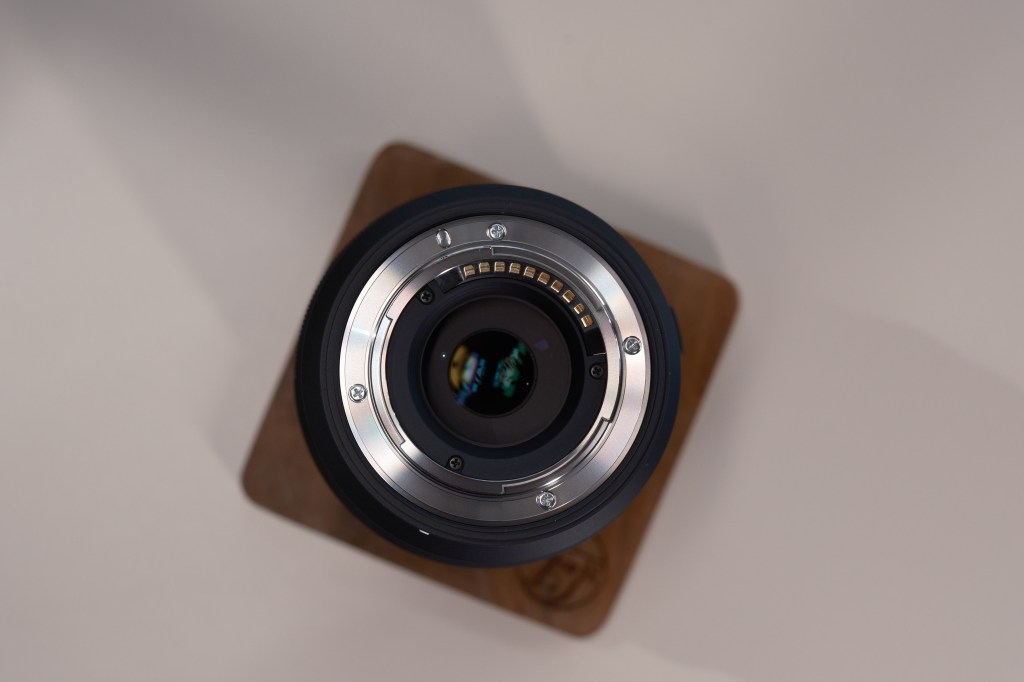
Handling-wise, it’s generally good. The zoom ring is a bit stiff at first but loosens up with use. When collapsed at 16mm, the lens measures 123.7mm in length. When extended to 300mm, it stretches to 200mm, nearly doubling in size. Shooting at 300mm can be a bit challenging, as I found myself wobbling slightly when framing the shot with the X-M5. However, with the X-T5, the lens feels more balanced, providing better overall stability.
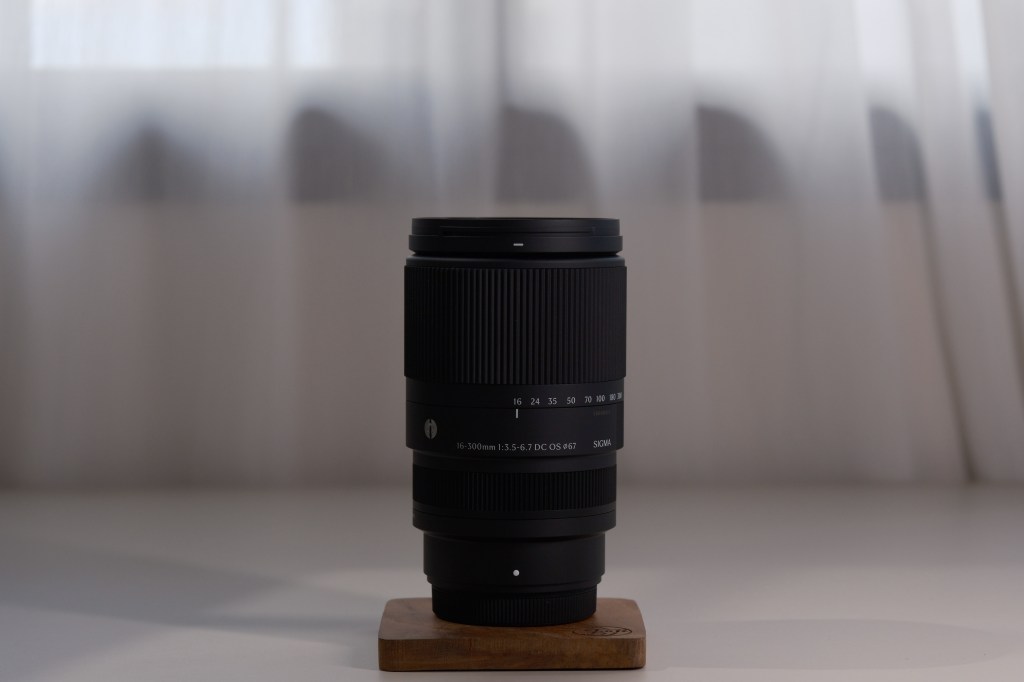

Right: Sigma 16-300mm f3.5 – f6.7 DC OS extended to 300mm
The focus range from minimum focus distance to infinity is just 90°, which is quite efficient for a long-zoom lens. This allows for quick adjustments to the focal length without needing to turn the ring too much. It comes with 67mm filter size.


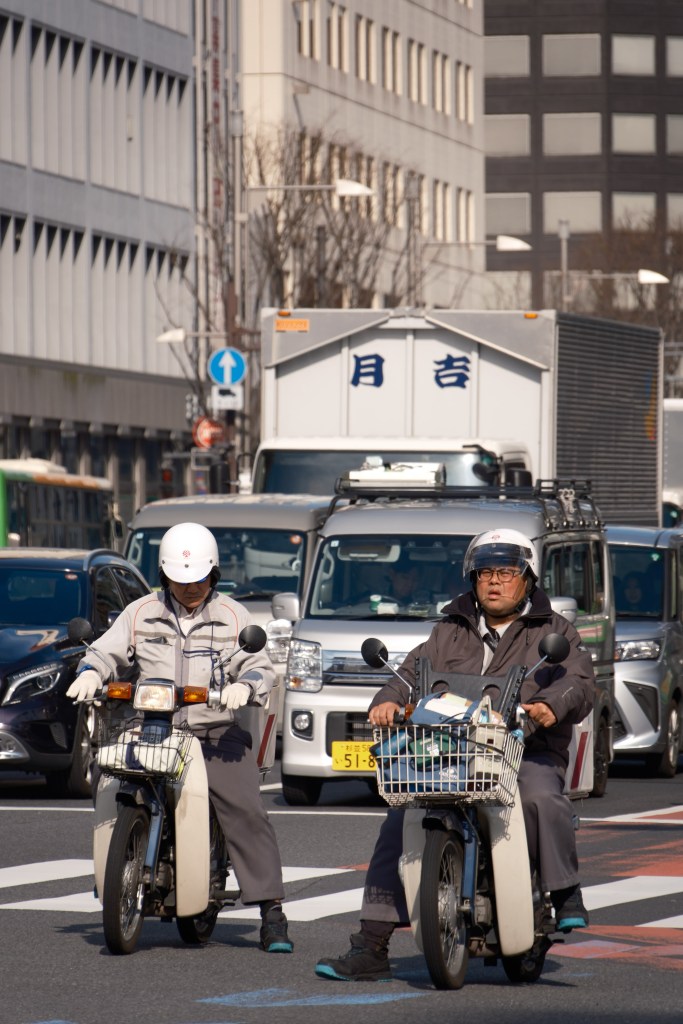
Right: Fuji X-T5 . Sigma 16-300mm f3.5 – f6.7 @ 171.8mm . f7.1 . 1/42″ . ISO 125 . Nostalgic Negative
Image Quality
No lens is perfect. When you have the versatility of a wide focal length range, other aspects are often compromised, and in this case, it’s image quality. In my opinion, the image quality isn’t the best Sigma has delivered. It’s acceptable with nice contrast, but the sharpness tends to be soft at most focal lengths. The softness is particularly noticeable when shooting close to a subject and when viewing the image at 100%.



Right: Fuji X-M5 . Sigma 16-300mm f3.5 – f6.7 @ 16mm . f3.5 . 1/125″ . ISO 1000 . Nostalgic Negative
Chromatic aberration is generally well-controlled, with little to no noticeable issues in my photos. As for vignetting, it is present when shooting wide open, though it’s not very noticeable.
Regarding sun stars, I was able to capture them at 16mm, but not at 300mm. The result is soft but acceptable, without any dramatic effects.

Focusing
Sigma employs a High-response Linear Actuator (HLA) motor for the autofocus system in this lens. Overall, the autofocus locking is quite fast across most focal lengths. However, at the telephoto end, particularly from 180mm onwards, there are occasions where the lens struggles to lock focus. Sometimes, I have to attempt to focus a few times before I lock onto the subject. On some occasions, I even need to refocus at a wider focal length before it can focus properly at the telephoto end. I hope this issue can be addressed with a future firmware update.


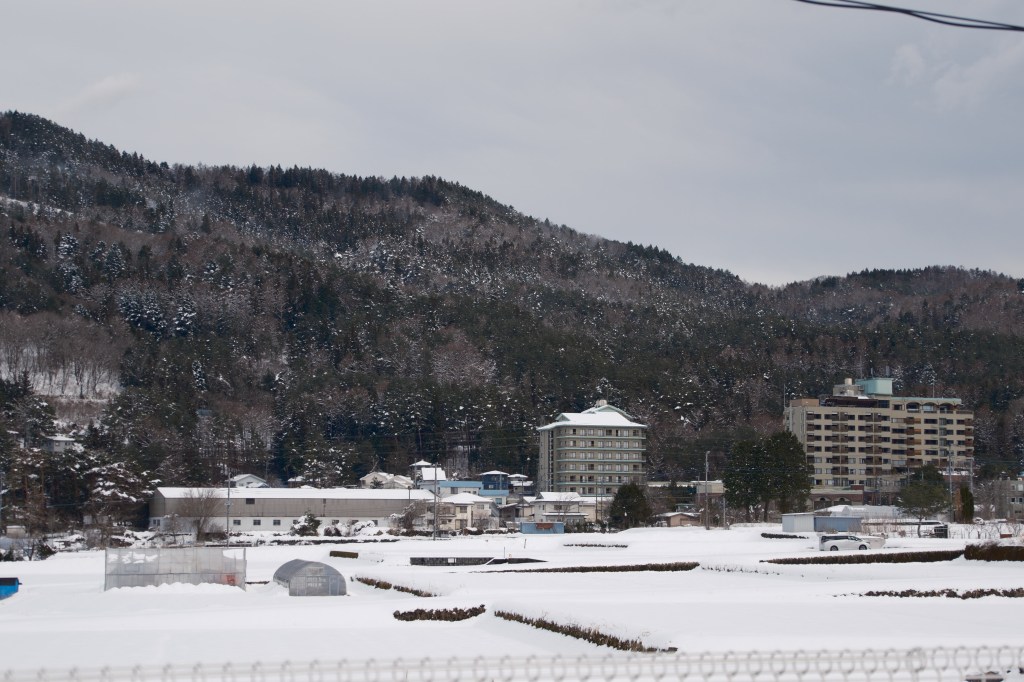
Right: Fuji X-T5 . Sigma 16-300mm f3.5 – f6.7 @ 56.2mm . f5.6 . 1/450″ . ISO 125 . Nostalgic Negative
Minimum Focus Distance (MFD)
At 16mm, the minimum focus distance (MFD) is 17cm, which means I have to remove the lens hood to get close enough to the subject. At 300mm, the MFD is 105cm, making it a bit tricky to frame the shot with my shaky hands.


However, Sigma notes that the best magnification ratio of 1:2 is achieved at 70mm. In my testing, though, the image quality remained consistent across all focal lengths, with the same characteristics as mentioned earlier.

Price Point
At 699 USD / 1088 SGD, the price is highly competitive. It’s clear that this lens directly competes with the Tamron 18-300mm, which is priced at 699 USD / 1099 SGD.



Right: Fuji X-T5 . Sigma 16-300mm f3.5 – f6.7 @ 62.9mm . f5.6 . 1/75″ . ISO 3200 . Nostalgic Negative
(I’m aware that Tamron Singapore currently has a promotion offering an attractive price of 991 SGD, and on Amazon Singapore, it’s available for 768 SGD.)
Others
This lens features an Optical Stabilizer (OS), which, according to the specifications, provides up to 6 stops of stabilization at the wide end and 4.5 stops at the telephoto end. In real-world use (I turned off the IBIS on the X-T5 during this trip), I had no issues shooting in daylight at any focal length. However, in low-light or challenging conditions, the OS performs well at wide focal lengths but is less effective at the telephoto end, where I experienced some handshake. This is likely due to the lens’s smaller aperture.


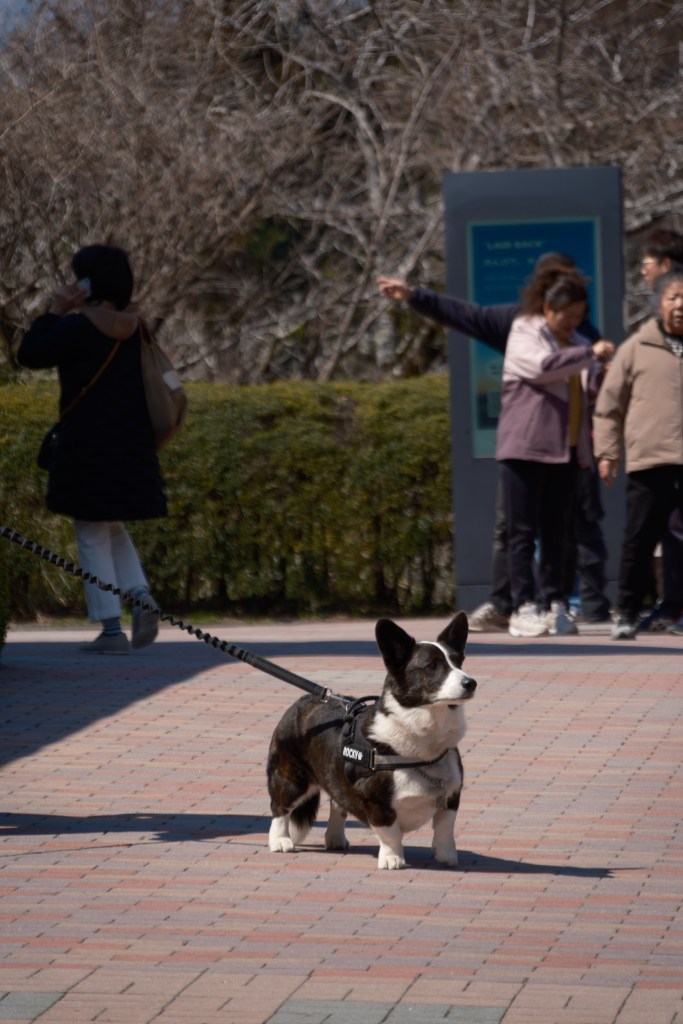
Right: Fuji X-T5 . Sigma 16-300mm f3.5 – f6.7 @ 155.6mm . f6.3 . 1/550″ . ISO 125 . Nostalgic Negative
Speaking of aperture, as indicated by the lens name, it has a variable aperture. Here’s the breakdown at each focal length:
16mm – f3.5
24mm – f4
35mm – f5
50mm – f5.6
70mm – f5.6
100mm – f6.3
180mm – f6.3
300mm – f6.7



Right: Fuji X-T5 . Sigma 16-300mm f3.5 – f6.7 @ 75.2mm . f6.3 . 1/950″ . ISO 125 . Nostalgic Negative
Who is this for?
This lens is designed for travel photographers who prefer to carry just one lens that covers a wide range of focal lengths, even if it means sacrificing some image quality and adding a bit of weight. It’s also ideal for photographers who want to simplify their lens setup.
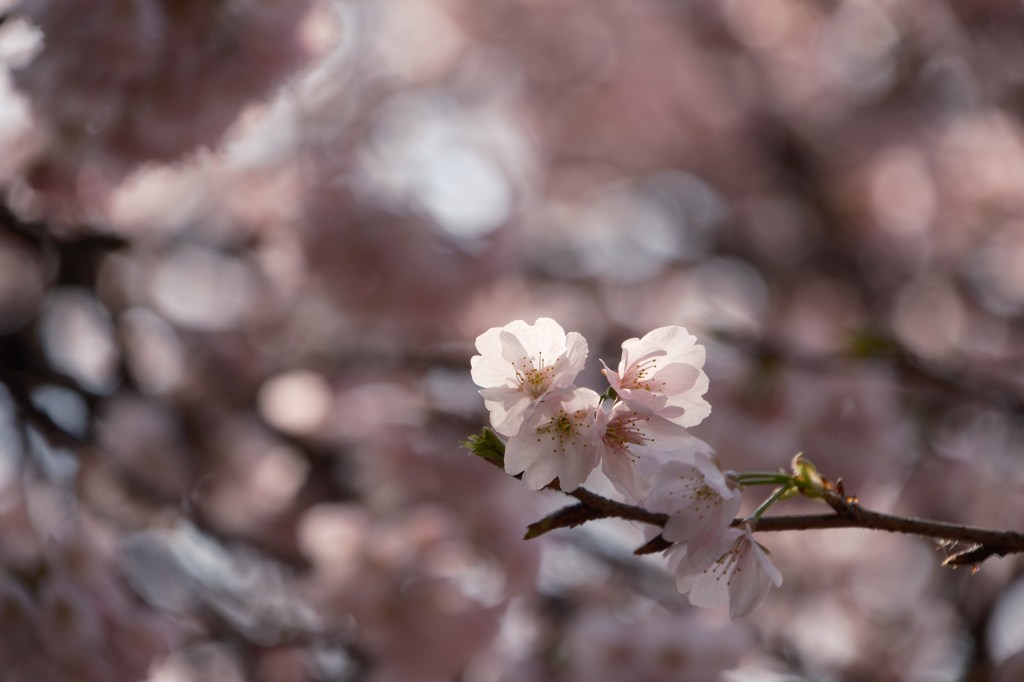


Right: Fuji X-T5 . Sigma 16-300mm f3.5 – f6.7 @ 300mm . f6.7 . 1/210″ . ISO 500 . Nostalgic Negative
Conclusion
When Tamron released their 18-300mm f3.5 – f6.3 lens, many Sigma fans were hoping for a Sigma version, and now it’s here. I believe Sigma has delivered a great response to that demand.
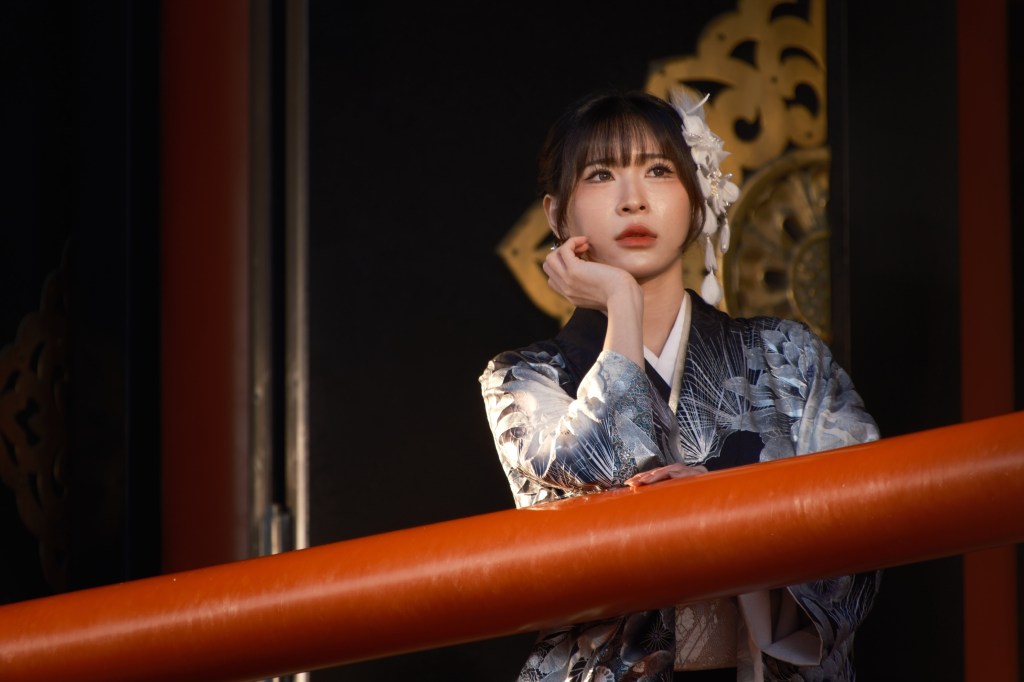
To quickly compare, the Sigma 16-300mm (24mm to 450mm in full frame equivalent) offers a slightly wider focal length at 16mm, compared to Tamron’s 18mm. However, the Sigma lens has a slightly smaller aperture at the 300mm end, but in my opinion, this difference is negligible and doesn’t significantly affect shutter speed or other settings. The Sigma lens is also just 5 grams lighter than the Tamron, which again, is insignificant. Ultimately, it comes down to whether you prioritize a wider focal length or a lower price.
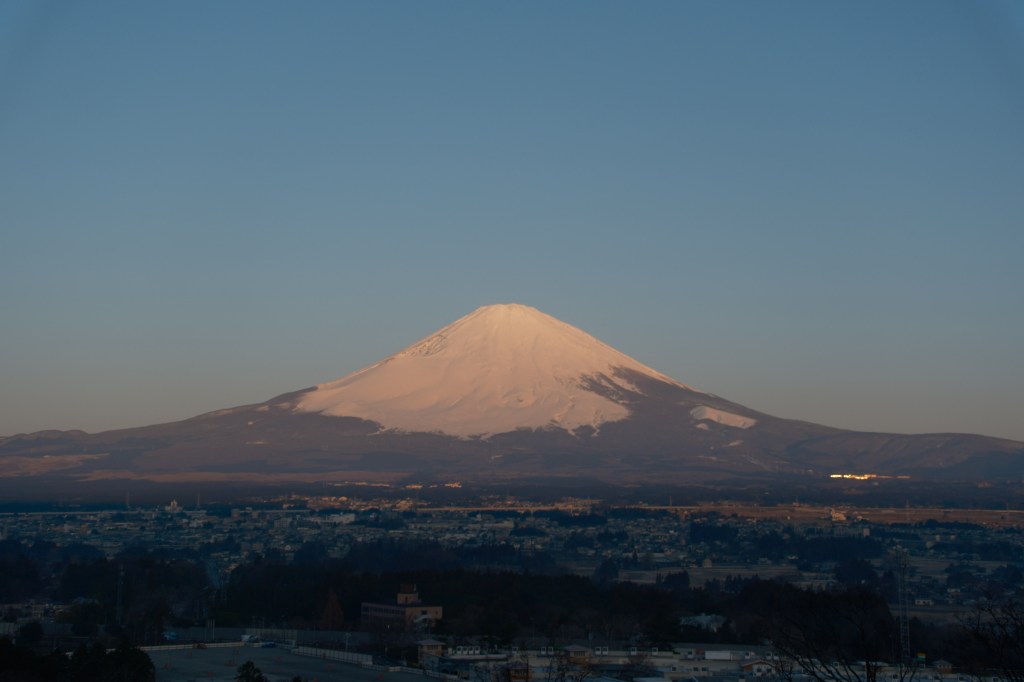
In my view, the wider focal length is more important, as it’s always handy to have that extra 2mm for those “just-in-case” situations.
Thank you for reading.



Right: Sigma 16-300mm f3.5 – f6.7 DC OS extended with lens cap
Disclaimer:
1. All the shots taken here are shot by me.
2. Most of the shots are straight out of the camera with some shots edited via In-Camera Raw Processing.
3. The opinions are based on my experience. If there is any mistake, please kindly drop me a message and I will gladly make the amendment.
4. I reserve ownership of these images, if you wish to use my images, please notify me.
If you like my works, please follow me on either one of the 2 Instagram accounts:
If you have a Facebook account, feel free to join Fujifanboys FB group.
If you like my content and you want to show some support and keep this blog alive, you can buy me a coffee here.





